When we planned to spend 10 days in Southeastern Pennsylvania, it wasn’t just a vacation—it was life on the road. As full-time RVers, we’re always balancing work, everyday chores, and adventures, so this trip was a mix of everything. In between Zoom meetings, laundry, and grocery hauls, we explored museums, historic landmarks, and beautiful parks. There’s a lot to see and do in this area, and even after 10 days, we barely scratched the surface. In this post, we’ll break down what we did each day and share a list of 20+ more spots that we couldn’t fit in this time around.
Day 1- Arriving to Our Campsite
After spending 2 weeks at Sand Creek Campground near Indiana Dunes National Park, we headed east. We spent two nights at Harvest Host sites- a brewery in Ohio and a church near Pittsburgh- before finally making it to French Creek State Park. We had an electric-only campsite here, but we were close to a water spigot and showerhouse. It’s a beautiful park and we ended up with great fall colors during our stay! We chose this part of Pennsylvania because of a Wild Ones project we were going to near Philadelphia, and the camping options near Philly were limited. We ended up really liking French Creek itself and it worked as a good hub for exploring this part of the state. French Creek State Park is in the town of Elverson and straddles the line between Berks County and Chester County.
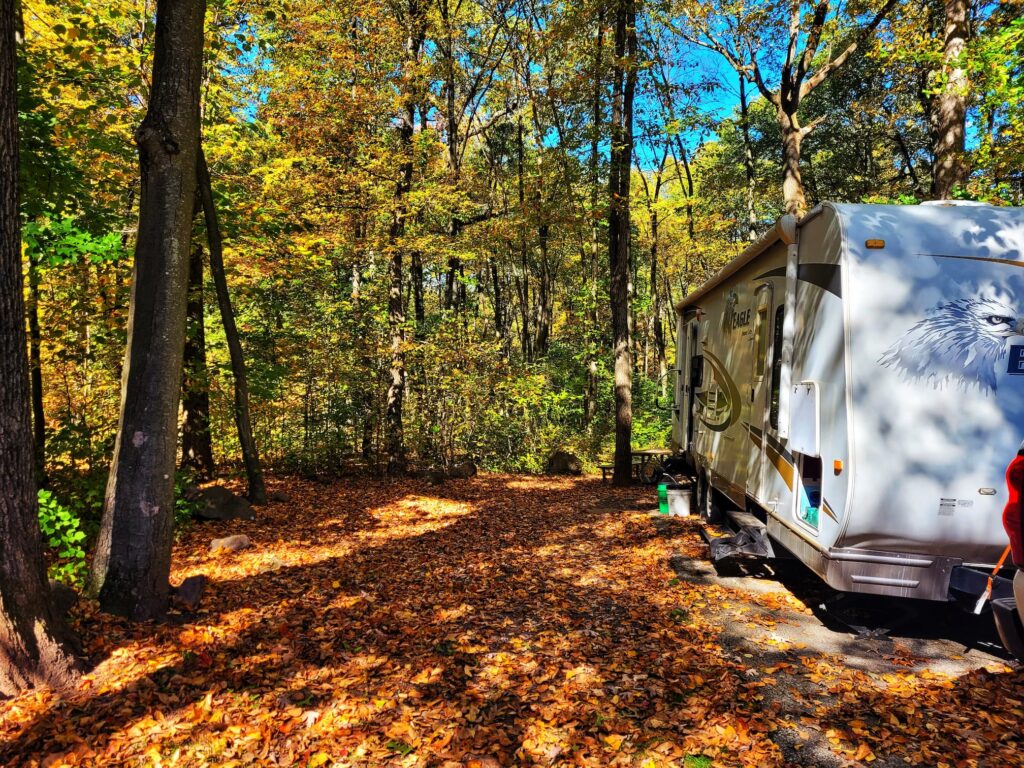
Day 2- Exploring Pottstown
For our first day getting out and exploring, we headed over to the nearby town of Pottstown. First up, we visited the Schuylkill River Greenways’ River of Revolutions Visitor Center. There is a small one room exhibit space, but the displays themselves are really nice. It tells the story of the Schulkill River and the area around it. We also did a small walk through the park where the visitor center is, but it turned out kind of sketchy and we wouldn’t necessarily recommend that. The Visitor Center is worth a stop if you’re in the area anyways, and is open Monday-Friday 8:30am-4pm.
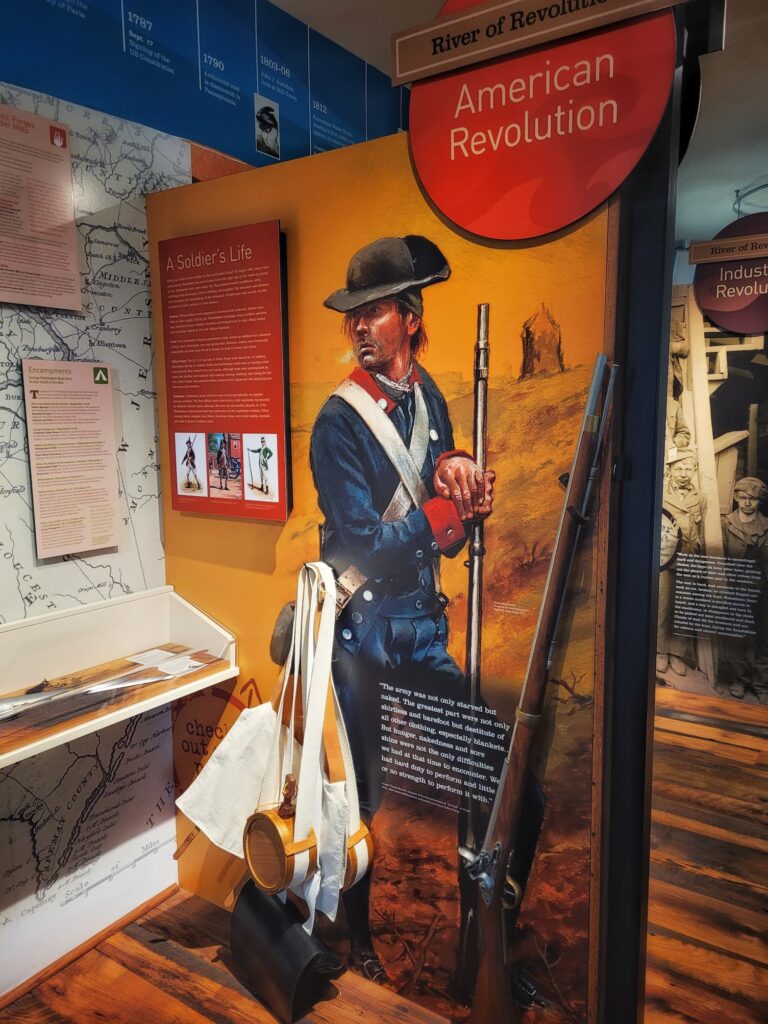
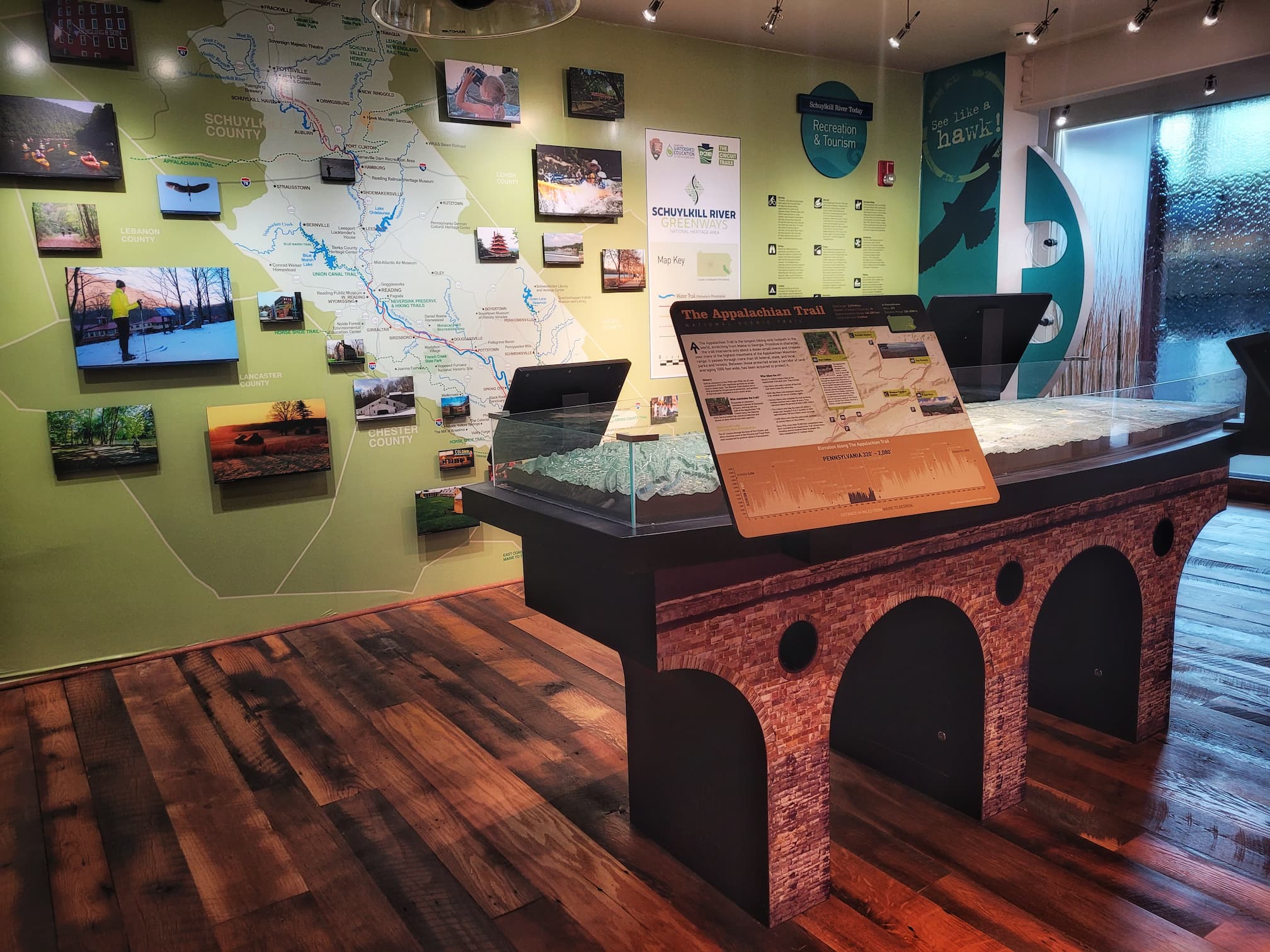
After the River of Revolutions, we headed over to Edgewood Cemetery, which is more downtown. Our first stop was to visit Annie Wittenmyer, who was a social reformer in the late 1800s. Annie was involved in many community organizations and is credited for getting Congress to pass a law to pension army nurses. After visiting Annie’s grave and historic marker, we wandered the rest of the cemetery looking for interesting gravestones.
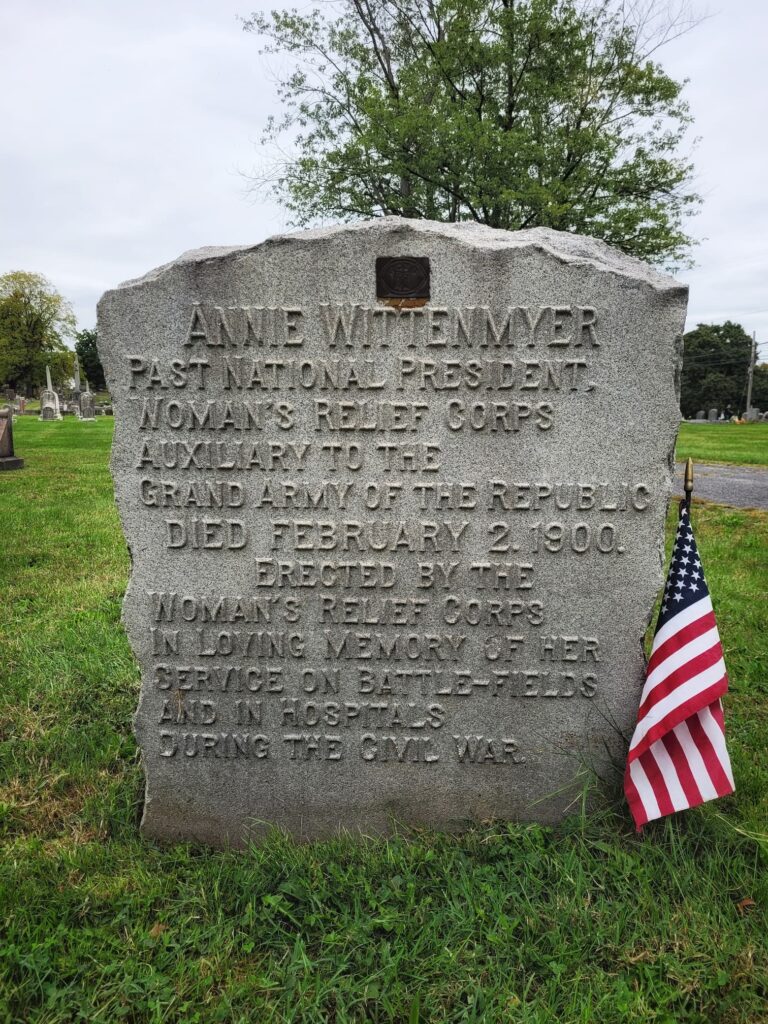
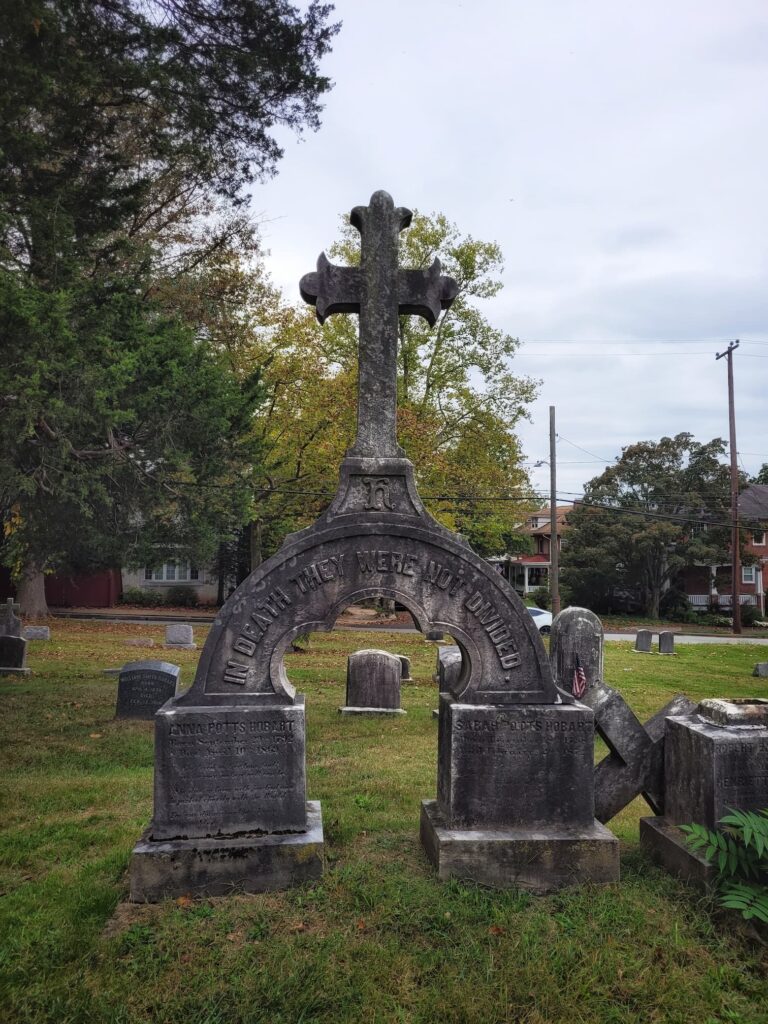
Our third stop in Pottstown was Ringing Rocks Park. This is one of three sites in Pennsylvania with ringing rocks- it’s the smallest, but said to be the most accessible. The name comes for the strange ringing sound the rocks make when hit with a hammer. There hasn’t been definitive research on why they make these noises, but it’s thought to be a combination of the density of the rock and the high amount of internal stress. If you visit Ringing Rocks Park, which is owned by the Ringing Rocks Fire Department, make sure you bring a hammer with, since you’re encouraged to try out the ringing for yourselves. The small boulder field is right off of the parking lot and a very short walk.
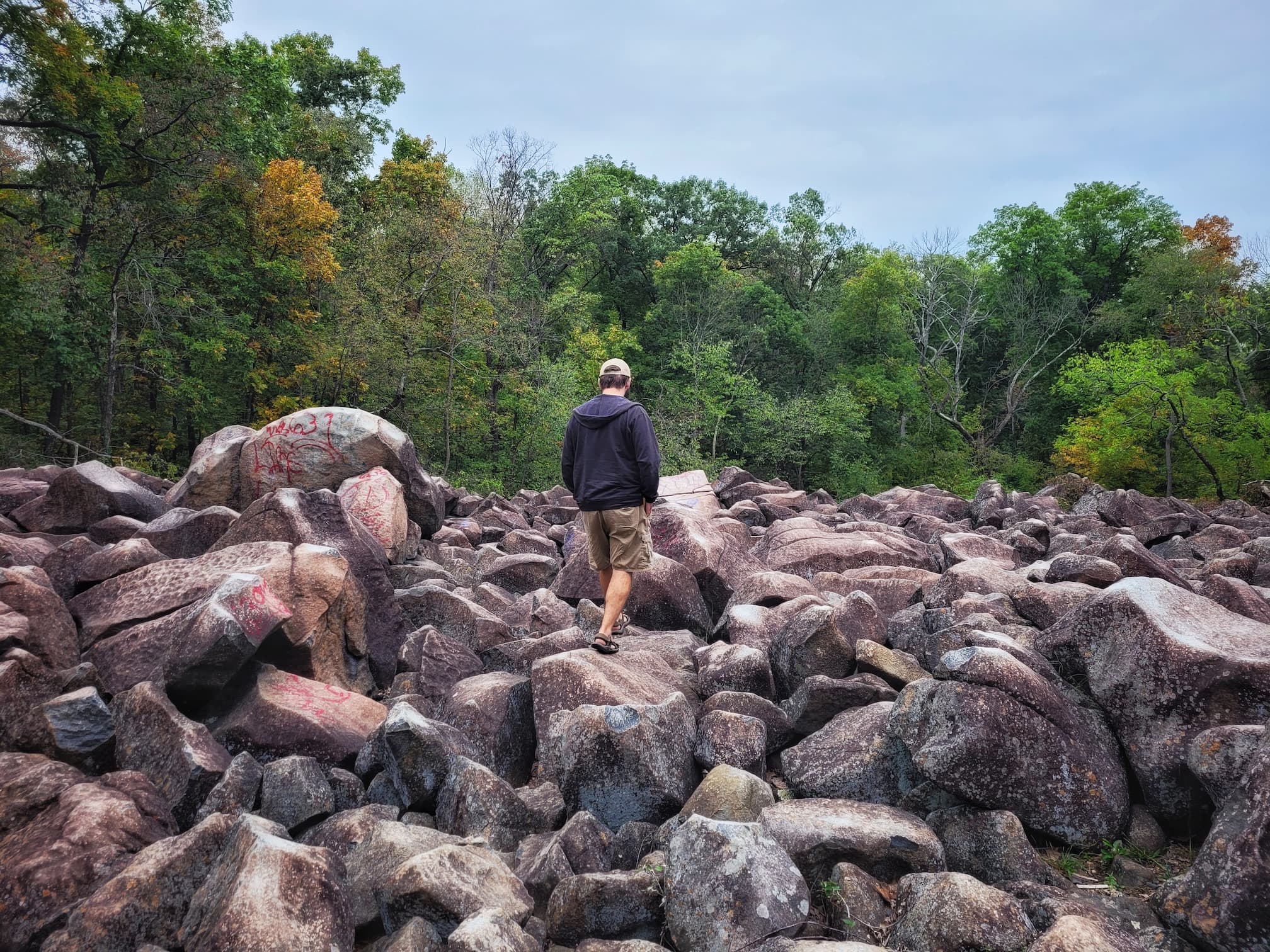
Day 3- Hopewell Iron Furnace National Historic Site
On Thursday, we spent the afternoon exploring Hopewell Iron Furnace National Historic Site, which is right next to French Creek State Park. The Hopewell Iron Furnace ran from 1771-1883 and the site was home to a whole village built around the furnace. The grounds and trails are open daily, but the visitor center and buildings are only open Wednesday-Sunday 9-5. Hopewell is also a fee-free park! During open hours, you can take a self-guided tour inside some of the most important buildings from the site and learn all about the charcoal production, iron casting, and lives of the people who lived here. We started with looking at a charcoal pit and anthracite furnace, then peeked into the cooling shed. Next, we went into the bridge house and then down into the cast house. The cast house was the main area of production and was powered by a gigantic water wheel. The site also had an office store, blacksmith shop, and schoolhouse. Some of the houses are open to go inside, including the first floor of the ironmaster’s house. The large barn still houses animals and the site itself is so bucolic that it feels like walking through a pastoral painting.
After exploring Hopewell itself, we headed over to the nearby Bethesda Church. This church was originally a non-denominational meeting house and was used by many people who lived and worked at Hopewell Iron Furnace. Today, it’s still used for weddings and special events, and the cemetery has a lot of people connected to Hopewell buried there.
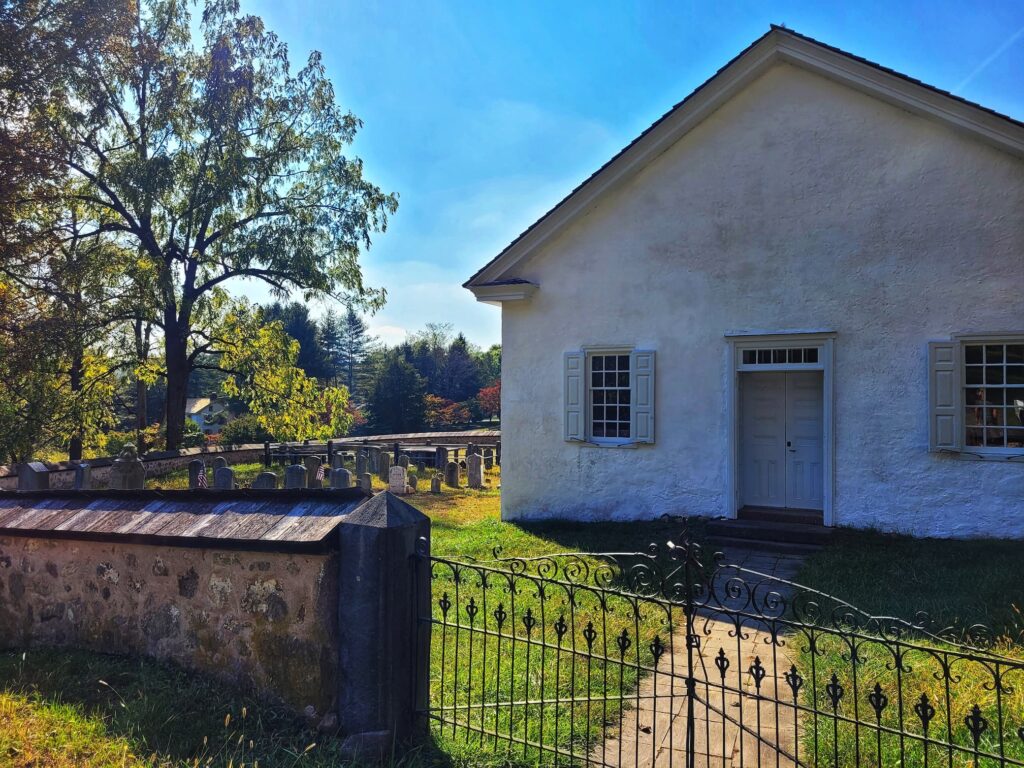

Day 4- Fall Farm Double Feature
I try to do something fall themed every day of October for Spooky Season, so on Friday we did a fall farm double feature.
We started at Mast Farms, primarily for their corn maze. Mast Farms is the kind where you pay one admission fee and then all the activities are free. They boast that they have 20+ attractions, but a lot are small ones for little kids. They did have a great corn maze. It’s actually split into two corn mazes, one larger and one smaller- both with checkpoints along the way. We picked the right time to come, too, because we had the maze to ourselves. After the corn maze, we played a few games and raced pedal carts. There were snacks and some shopping, but it wasn’t very much and we ended up not getting anything here. We did decide to go on a wagon ride, and ended up having the whole thing to ourselves, which was fun.
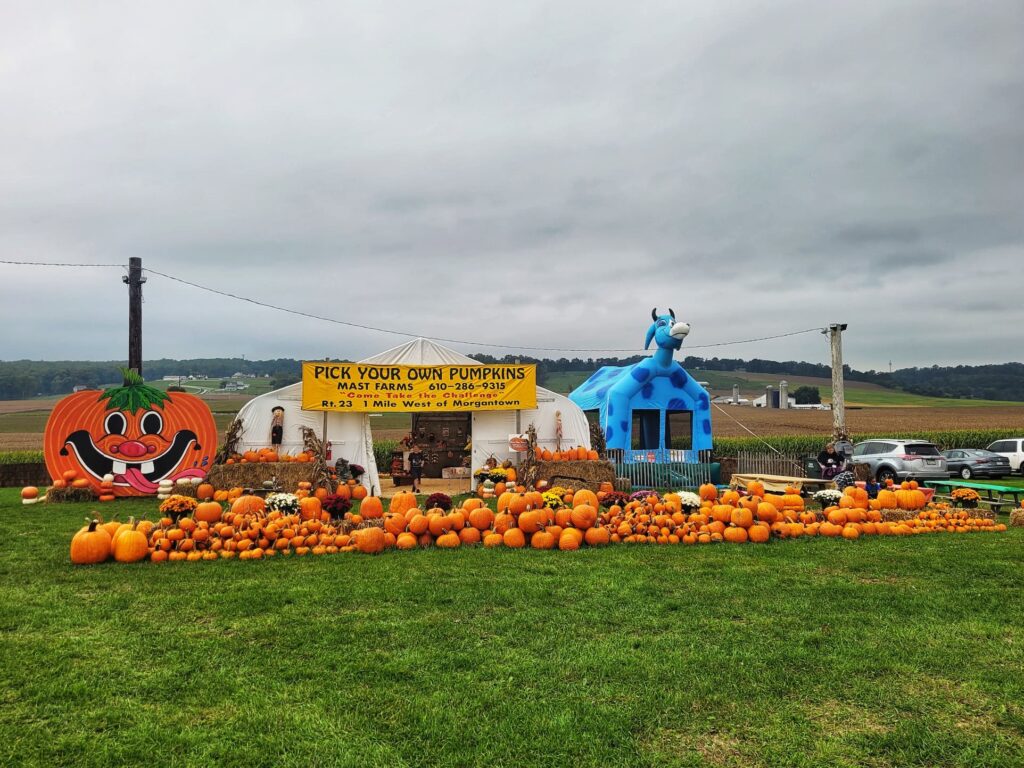
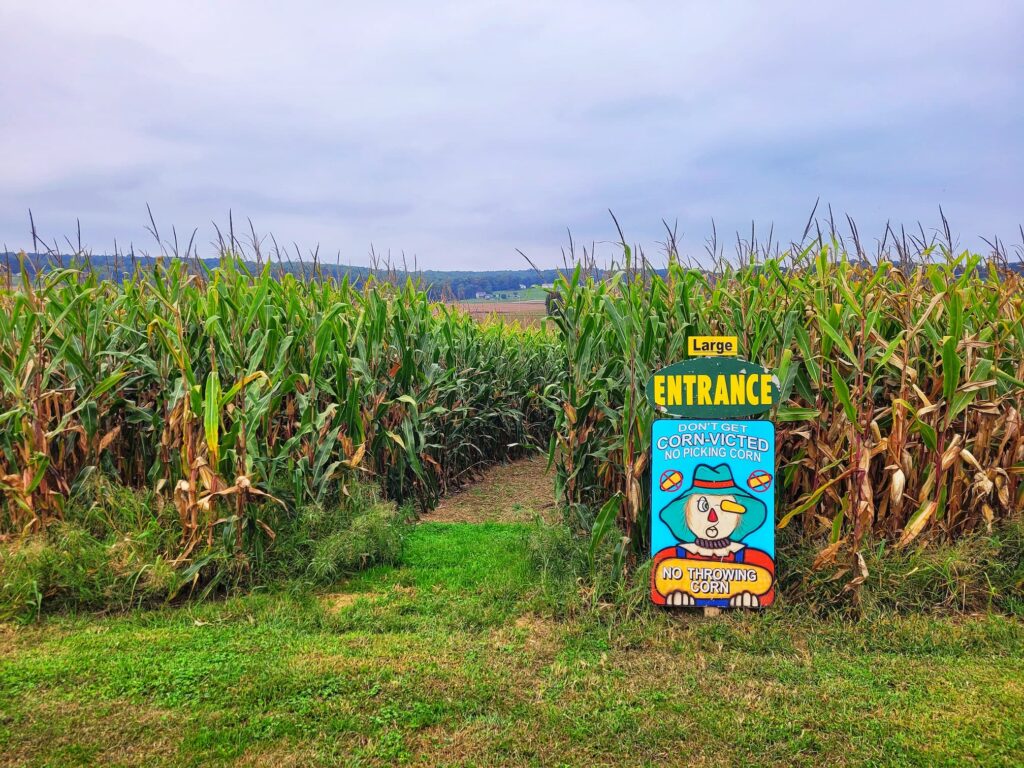

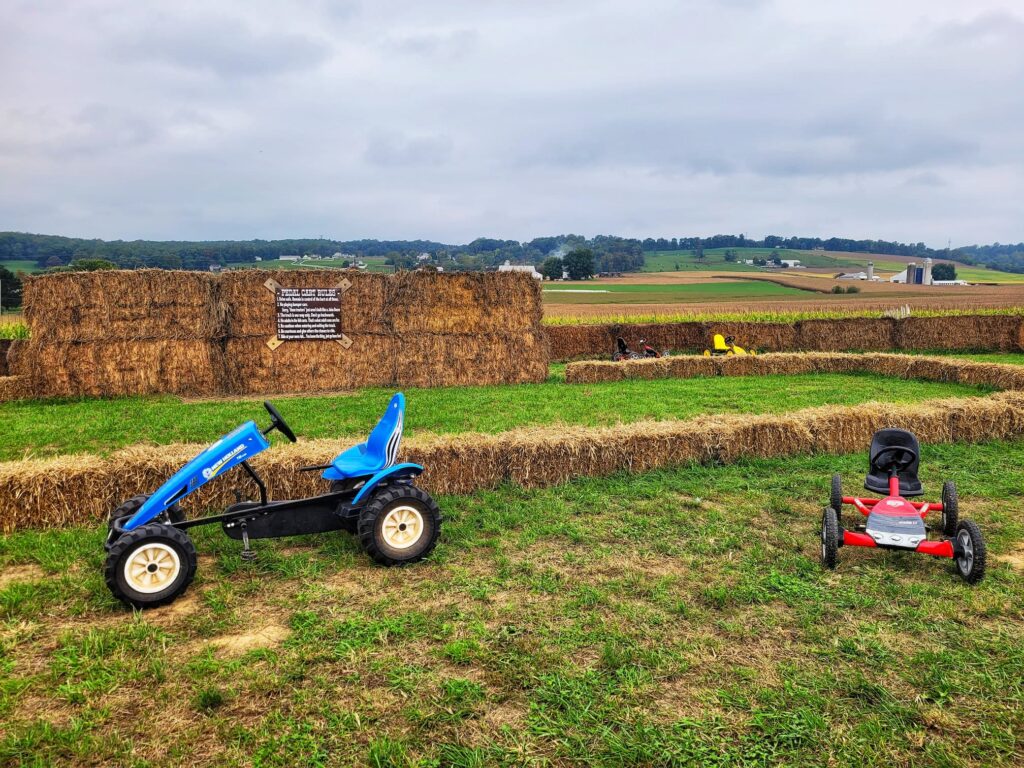
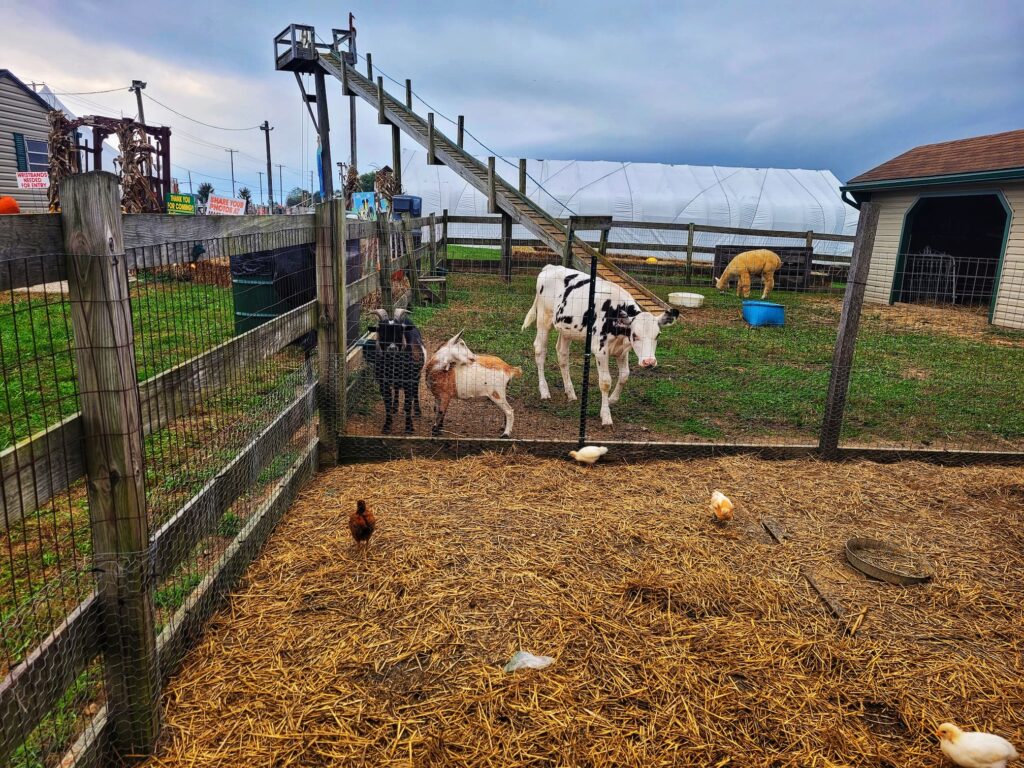
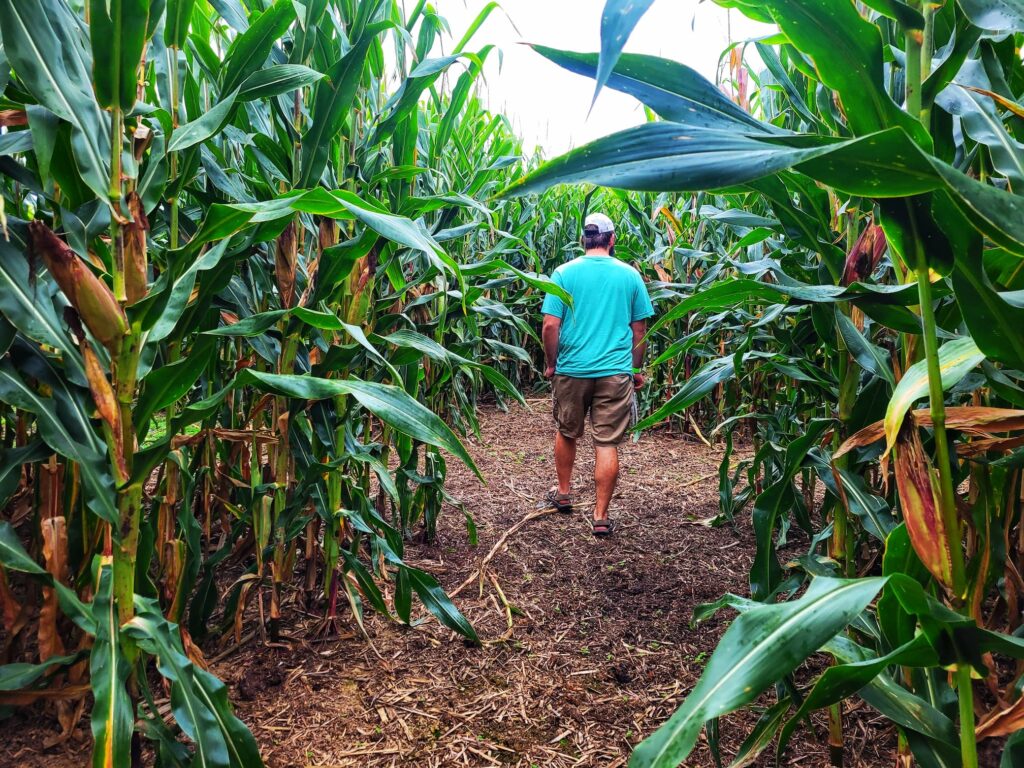
After Mast Farms, we headed over to Weaver’s Orchard. Weaver’s has free admission and then activities cost extra- honestly I see the pros and cons of both systems. Since we had just come from Mast Farm, we skipped the activities at Weaver’s, but spent a good chunk of time in the farm market. They had so many great products and we knew we wanted to get some stuff for ourselves and for gifts for friends and families- but it was so overwhelming to make decisions! We finally made our picks- fresh corn and apples, apple cider, apple butter, and some gift items and then also grabbed ice-cream from their stand while we were there.
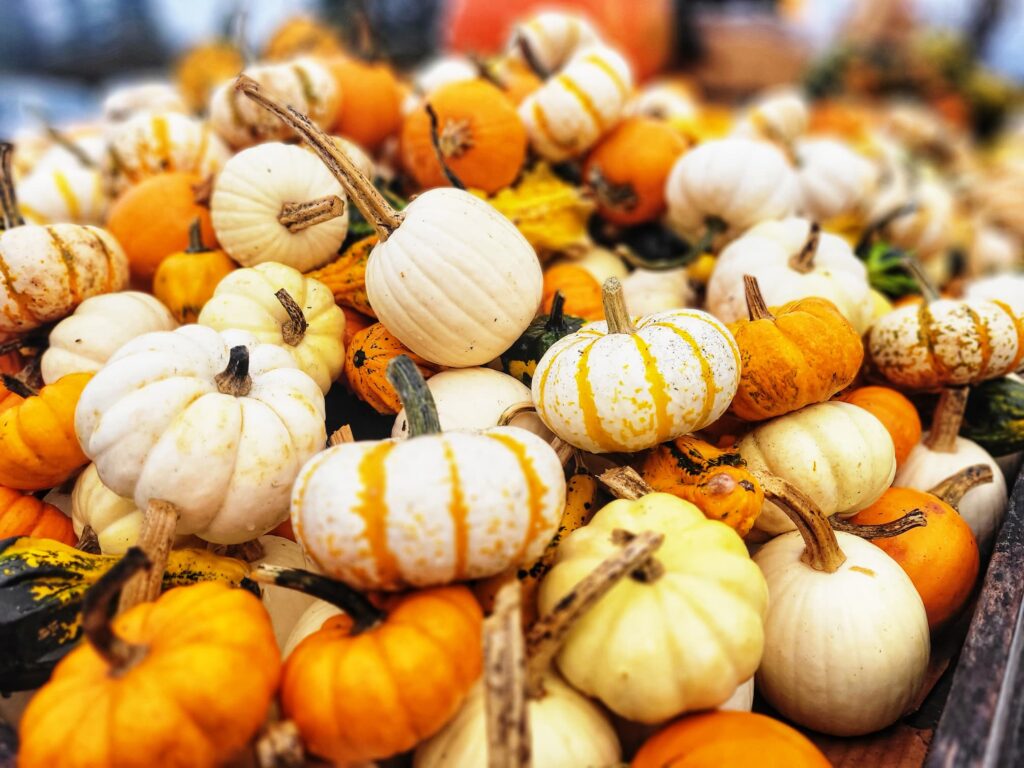
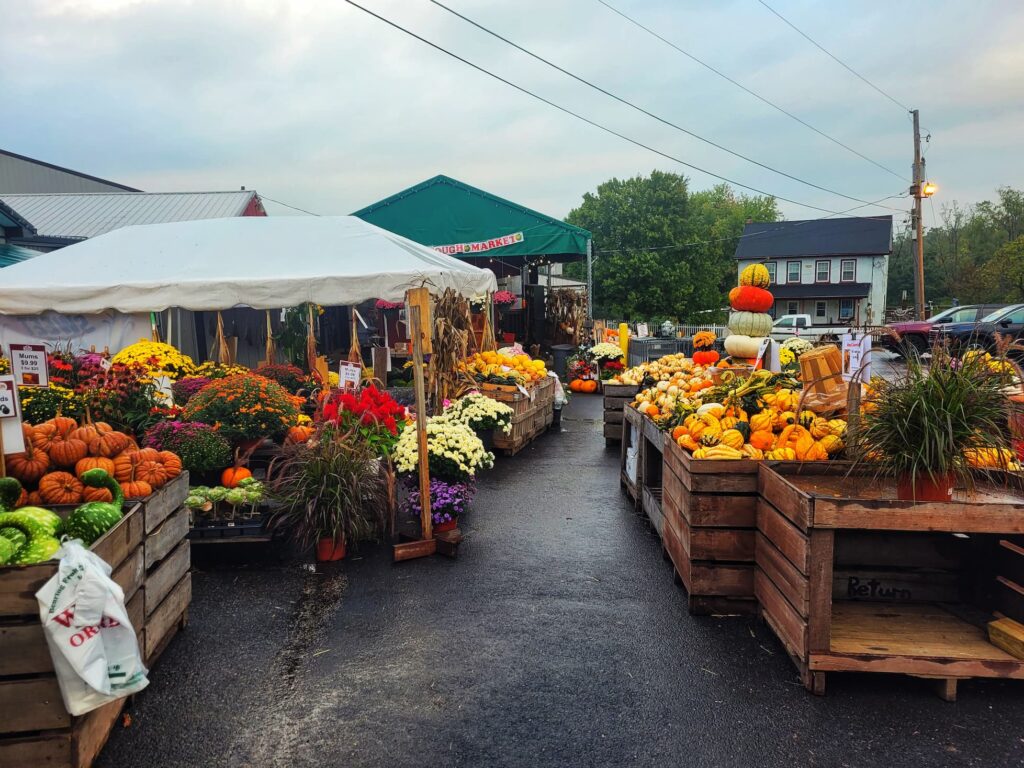

Day 5- Planting & Looking at Plants
We started the morning with a volunteer project with Wild Ones and Colonial Canopy installing a native garden at the Whitemarsh Township building. Everyone there was so nice and fun to talk to and we had such a great time. The actual planting went pretty quick, but there was also a lot of time spent just hanging out.
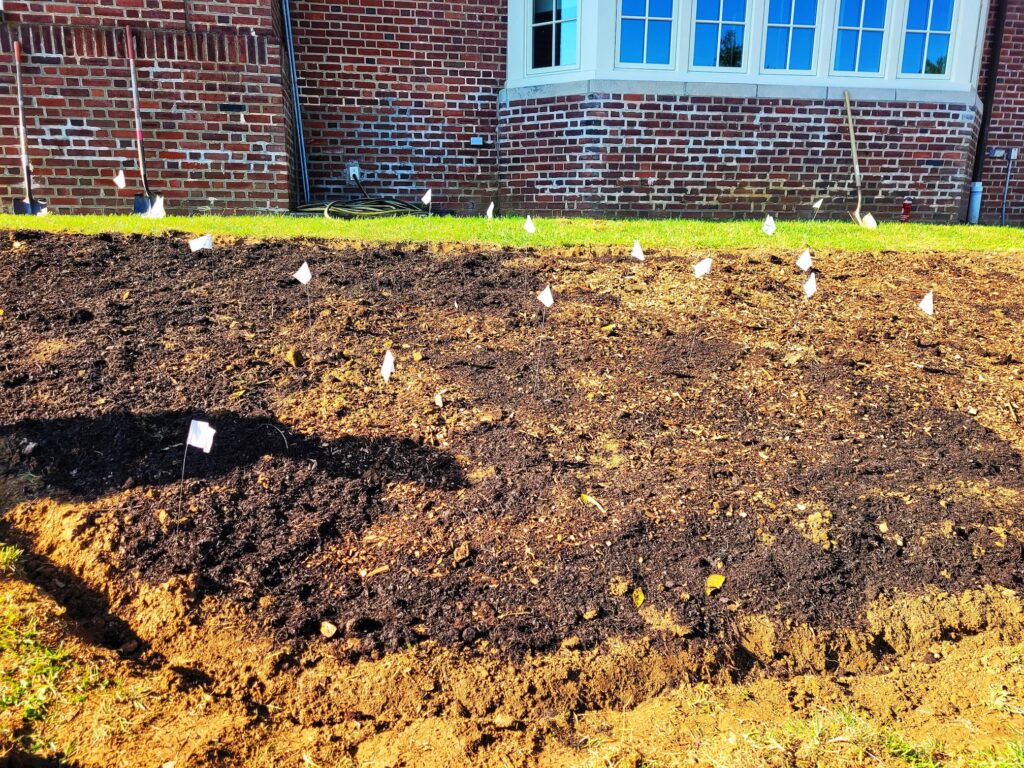
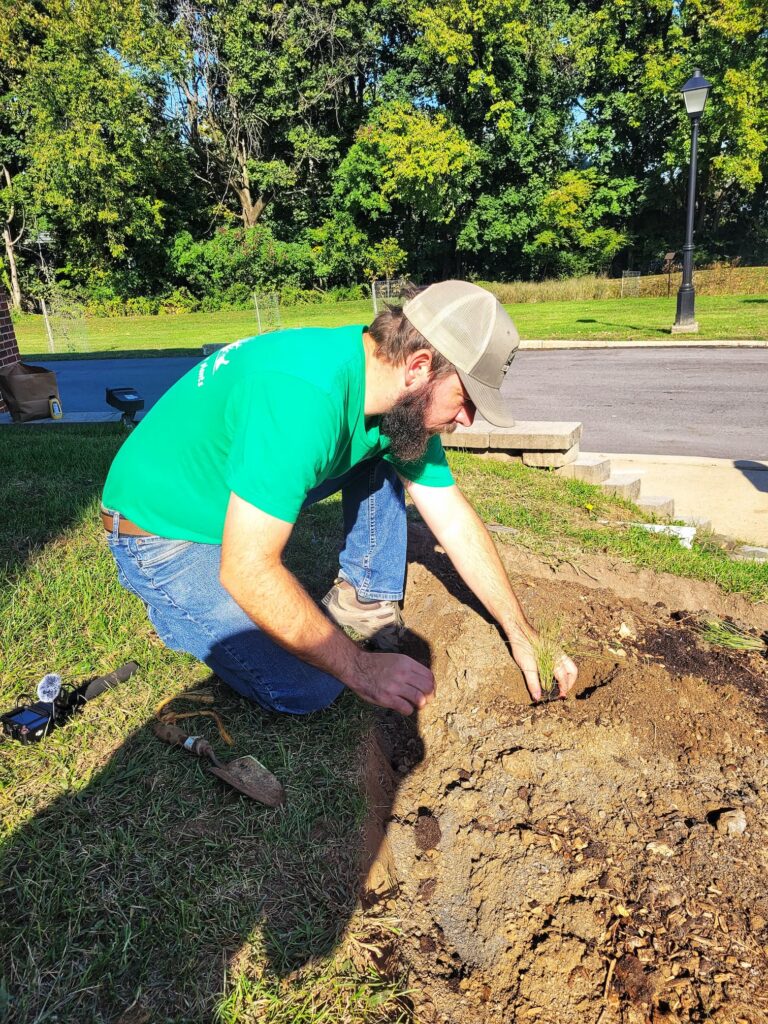
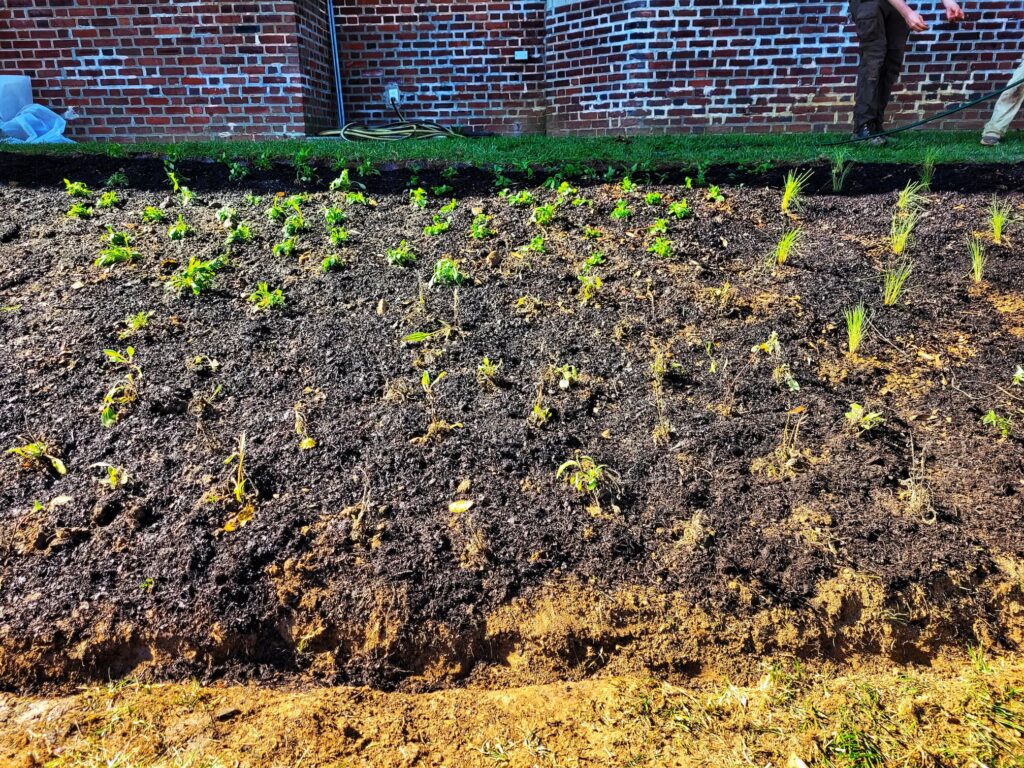
After the project, the two of us did a lunch stop at the nearby Bruno’s. Josh got a cheesesteak and Jen got a burger. It was good solid simple food, with the friendliest server ever. And it was pretty cheap! We love these kind of old-school, simple done well type places.
I went into Saturday with a list of activities near the volunteer project, but we ended up tired out and only did one- but it was a good one! We went to Morris Arboretum, which is part of the University of Pennsylvania. The main draw was that they had their Ar-BOO-etum displays going on, but it would definitely be an amazing place to visit any time of year. There is a wide variety of gardens and spaces to explore and so much to see here.
Day 6- American History in Philadelphia
We were staying less than an hour from Philadelphia, but Sunday was our only chance to actually get into town. It was a very full day, so Philly gets its own post here: A Day of Revolutionary History: Must-See National Park Sites in Philadelphia
Day 7- Valley Forge National Historical Park
On Monday after logging off work, we headed over to Valley Forge National Historical Park. If we’re ever back in the area, we definitely want to visit again with more time. We started at the Visitor Center and Museum, which has great exhibits about the history of Valley Forge. This site was used as the winter encampment for General George Washington’s continental army from 1777-17778. During this time, the British were occupying Philadelphia, so they set up camp just a day’s march away at Valley Forge. Families of many of the soldiers joined them at Valley Forge, and it was basically the 4th largest city in the colonies at the time. Over 1,500 wood huts were built to house everyone, as well as any type of building you can imagine being needed with so many people living and working there. Today, Valley Forge is a fee-free National Park Service site with a 10 mile driving loop. You can do a self-guided tour by car or bike, or during weekends take a guided trolley tour. The site is filled with reconstructions of the encampment, monuments, markers, statues, and more. There are 9 major stops on the tour, but tons more smaller things to see too.
After the Visitor Center, we hightailed it to Washington’s Headquarters, which closed at 5. The signage got confusing midway there though (the park loop overlaps with regular roads at a few points), and we ended up not making it in time. Also at Washington’s Headquarters is the Valley Forge Station with more exhibits- which also closed at 5.
Even with so much outdoors to see, we didn’t get an up close look at everything because it was getting dark not long after. We saw plenty of reconstructed huts, though, a schoolhouse, the artillery park, some of the statues and memorials, and Varnum’s Quarters. Varnum’s Quarters was a farmhouse before the encampment that was rented by Brigadier General Varnum for his quarters and offices.
We also visited the Washington Memorial Chapel, which is an amazing gothic revival chapel that was built between 1803-1917 as a tribute to Washington. There is still an active congregation, so we checked out the attached cemetery first. The chapel itself is a beautiful building (especially if you’re like me and love gothic architecture) and someday I’d like to come back to tour inside too. We were able to peek in at the Justice Bell, which is a replica of the Liberty Bell that was used by suffragettes in their campaigning.
Day 8- French Creek State Park
On Tuesday, we did more exploring of French Creek State Park, which we really hadn’t seen much of besides the campground. We checked out the park’s two lakes– Scott’s Run and Hopewell. We also happened across the disc golf course, near Hopewell Lake, so decided to play a few holes while we were there.
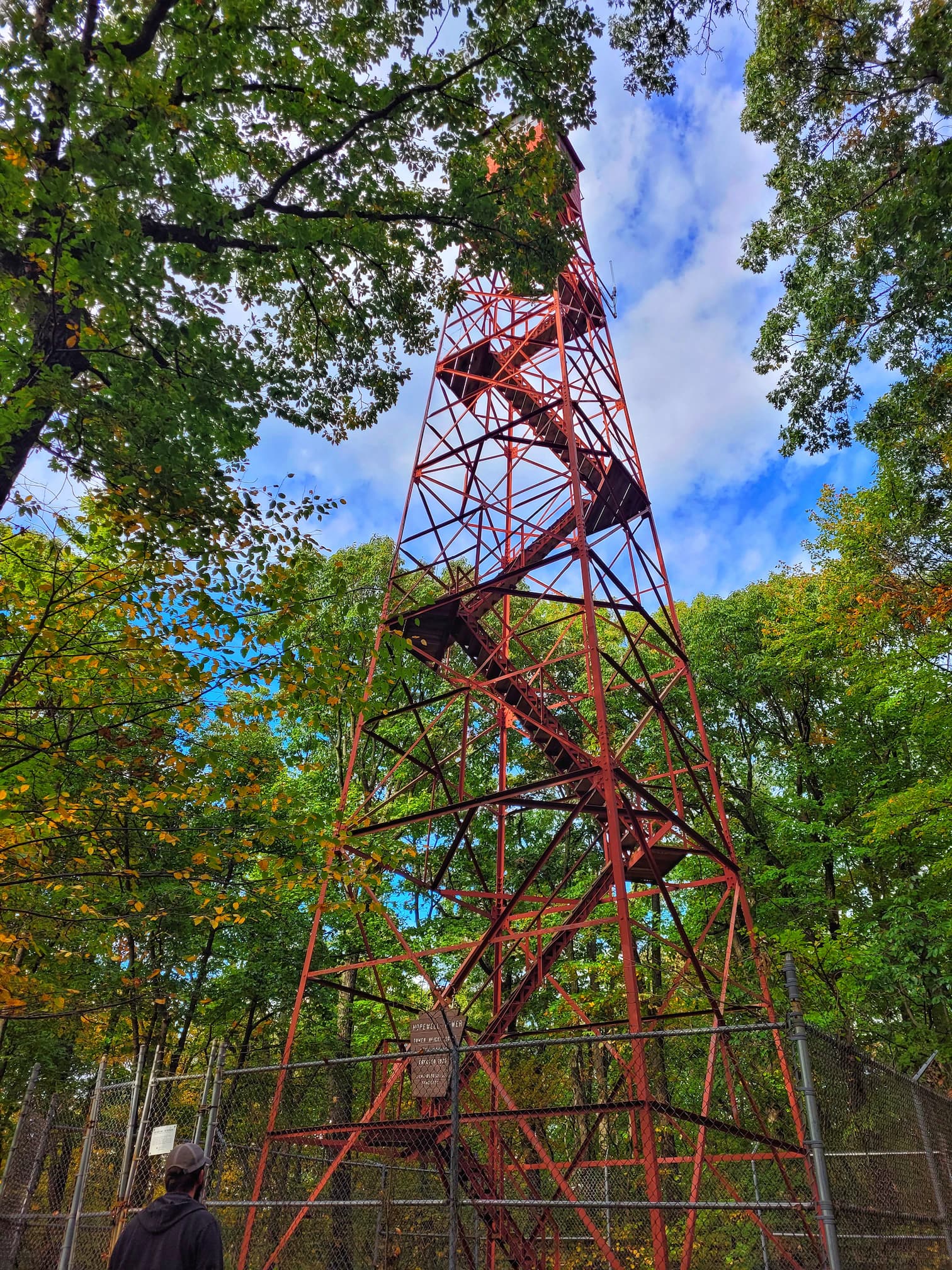

Day 9- More Disc Golf
Wednesday, we decided to have another chill day at the park and finished playing the rest of the disc golf course. It was a really nice course in the woods with a variety of challenges. Each tee has two basket options- an easier and a hard one. We had the course to ourselves and it was very peaceful in the woods.
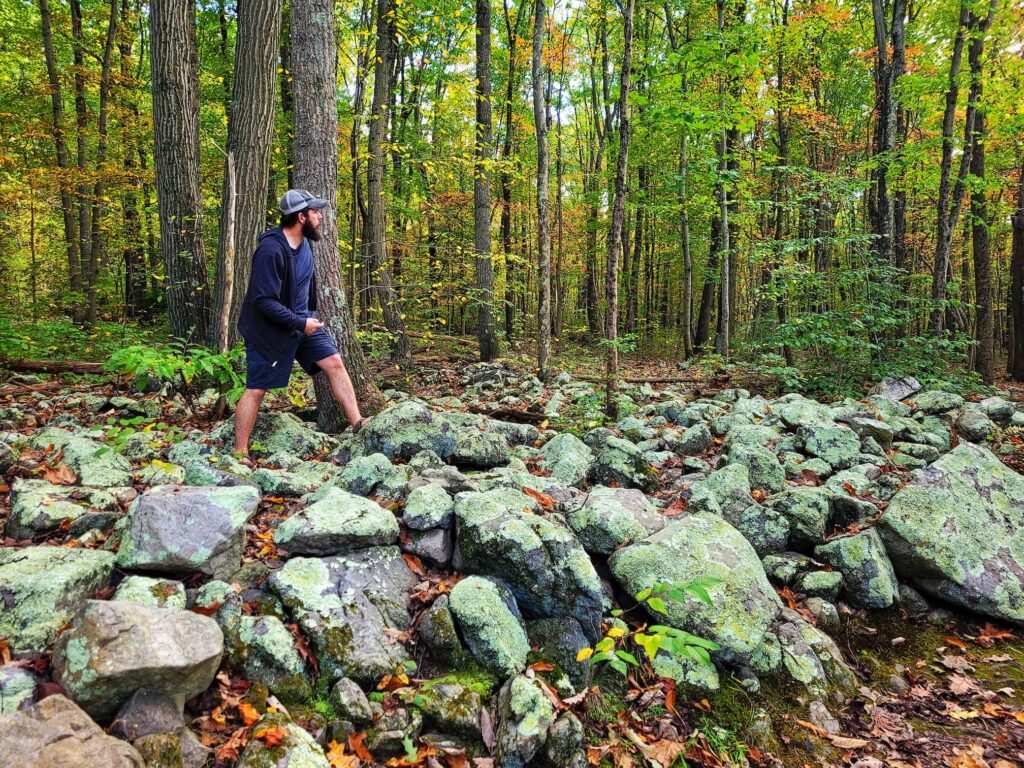
Day 10- One Last Cemetery & Another Iron Furnace
Thursday was our last full day in Pennsylvania, so we decided to hit up one last cemetery (since it was Spooky Season) before leaving. We drove out to Robeson Lutheran Cemetery. The main draw here was visiting the grave of Pulitzer winning writer John Updike. It’s a very unique headstone, but the lighting was bad to get a photo of the poem on the back. Of course, we explored a little more and found some cool older stones too.
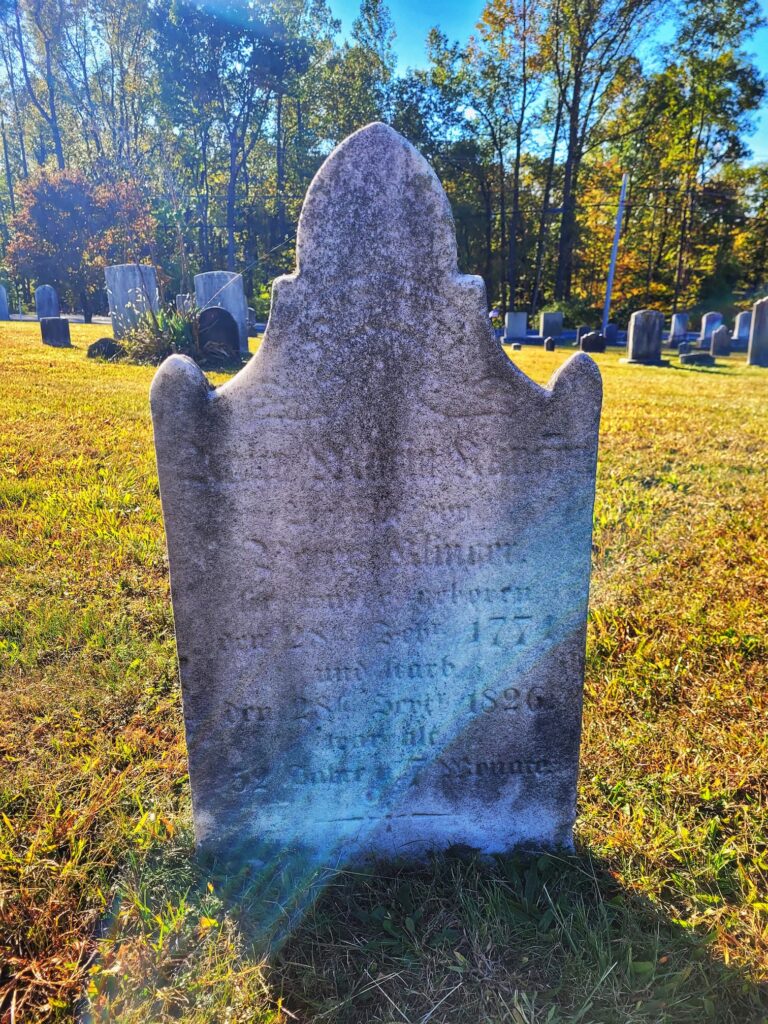
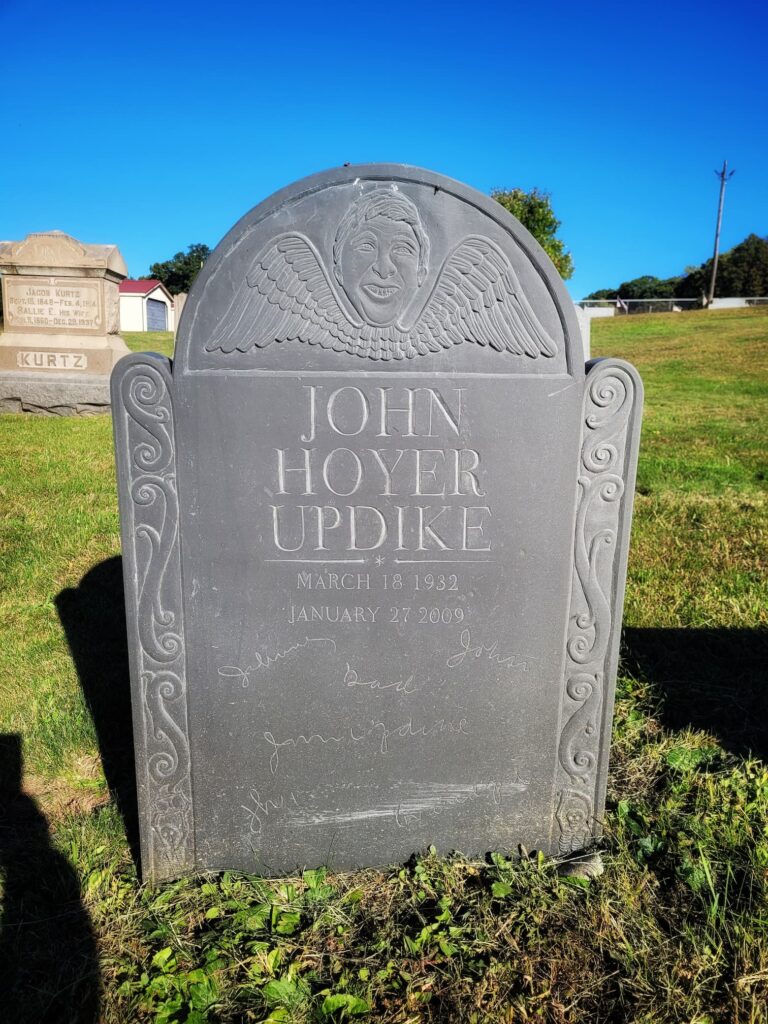
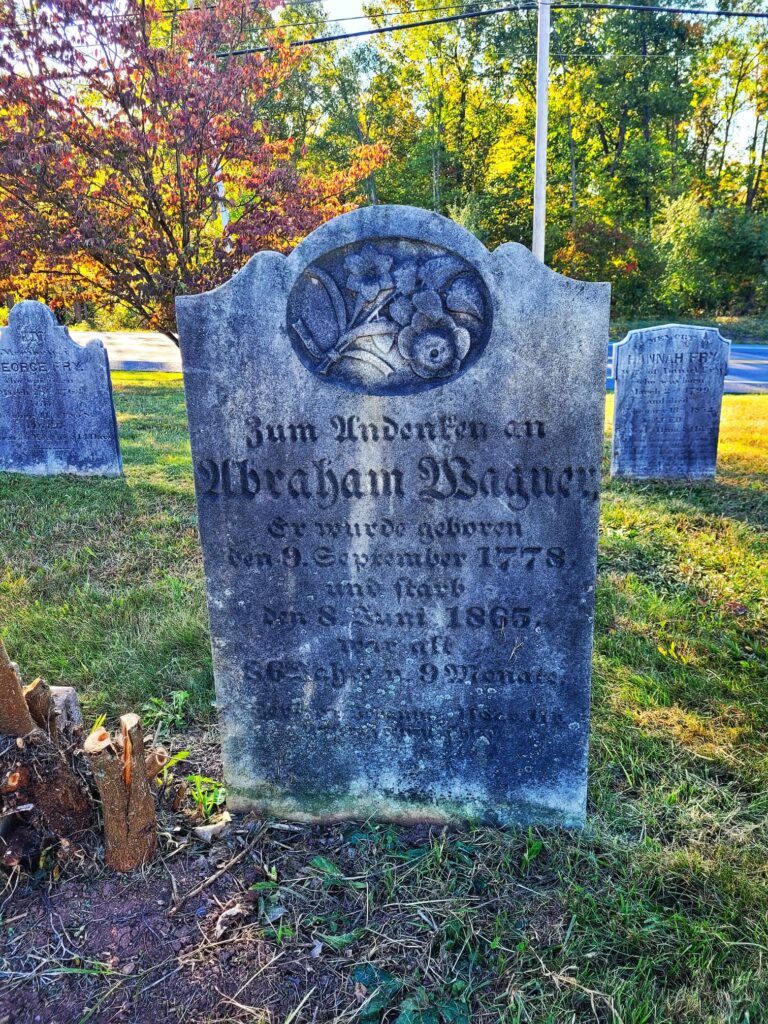
On the way back from the cemetery, we on a whim decided to do a quick stop to check out the Joanna Furnace Complex. The Joanna Furnace was an iron furnace, similar to Hopewell Iron Furnace, but smaller. Today the complex is owned by the Hay Creek Valley Historical Association. You can only go inside the buildings during their events (we missed their apple festival by one day!), but the grounds are open daily during daylight hours to walk and look at the buildings.
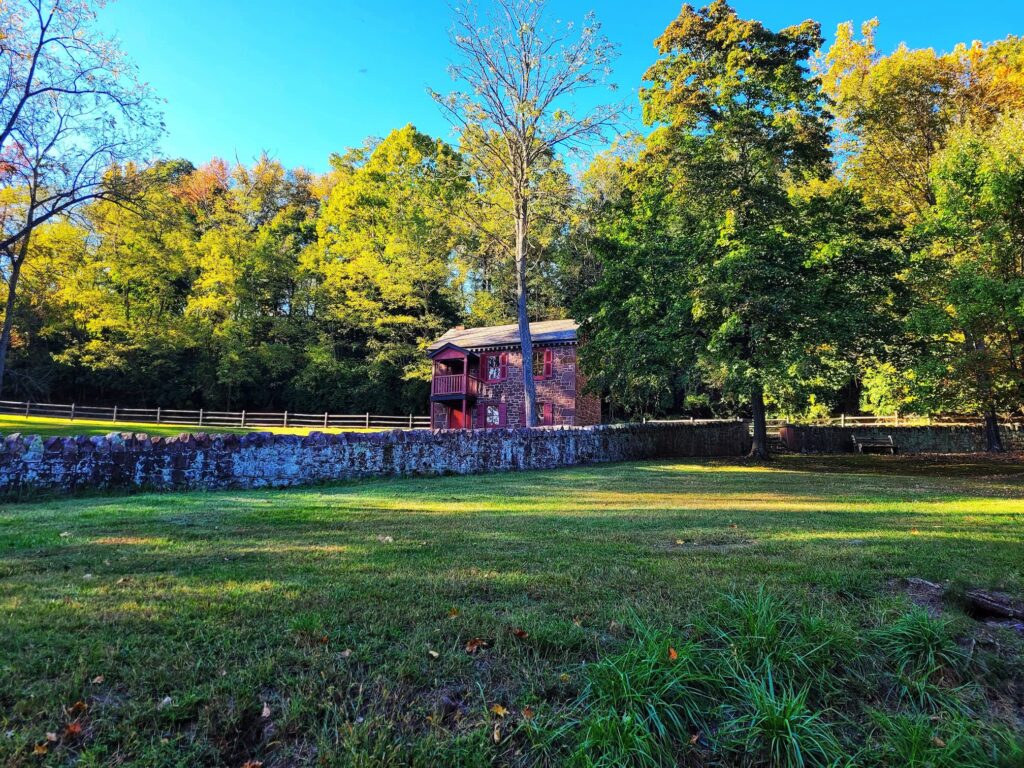
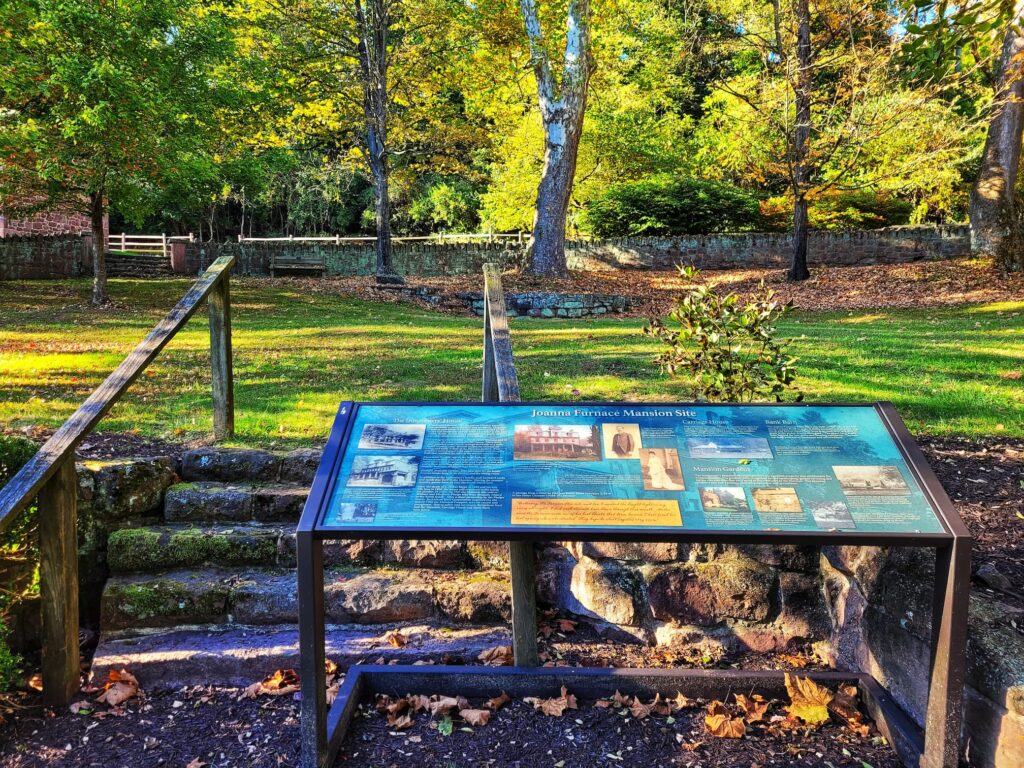
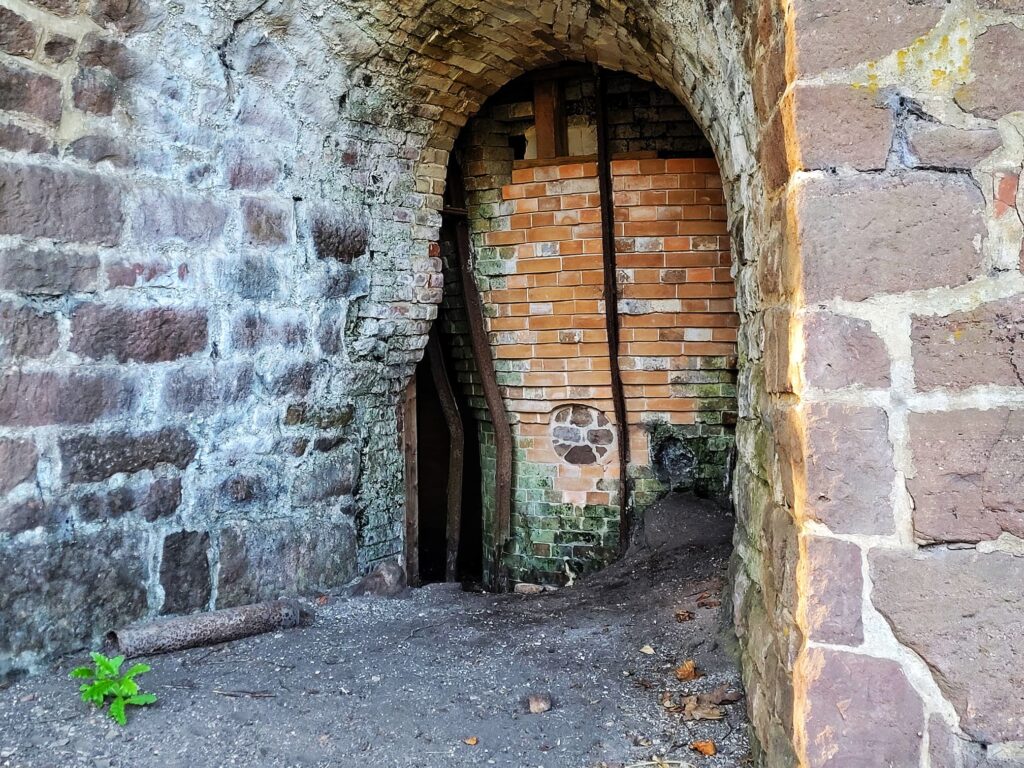
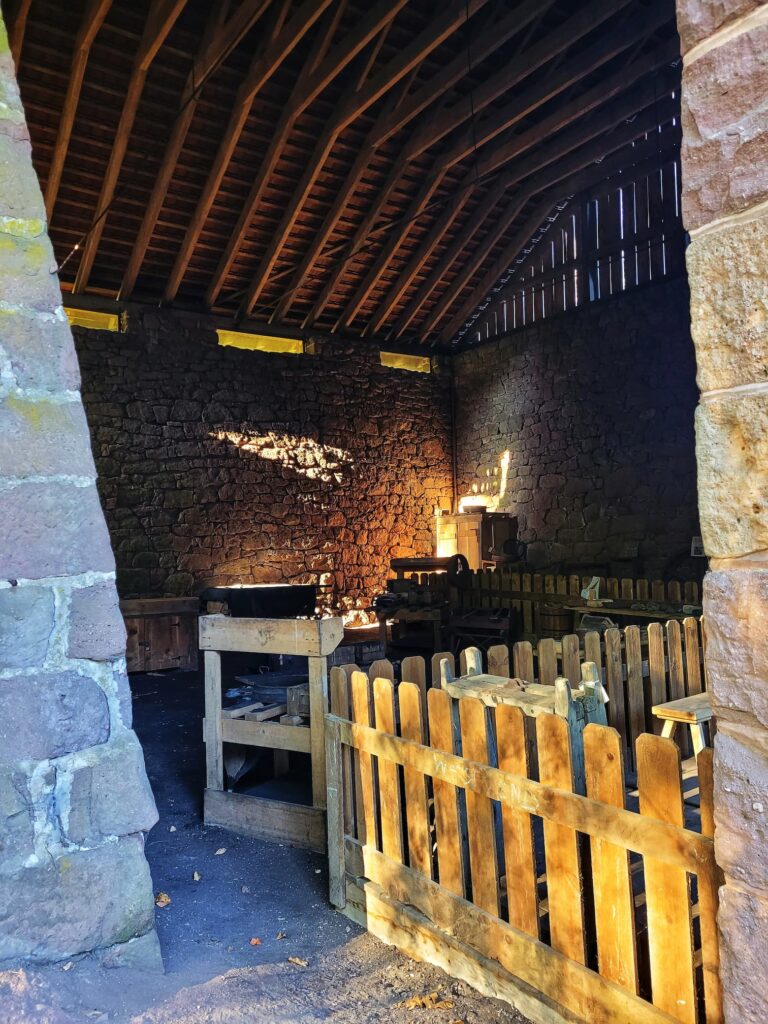
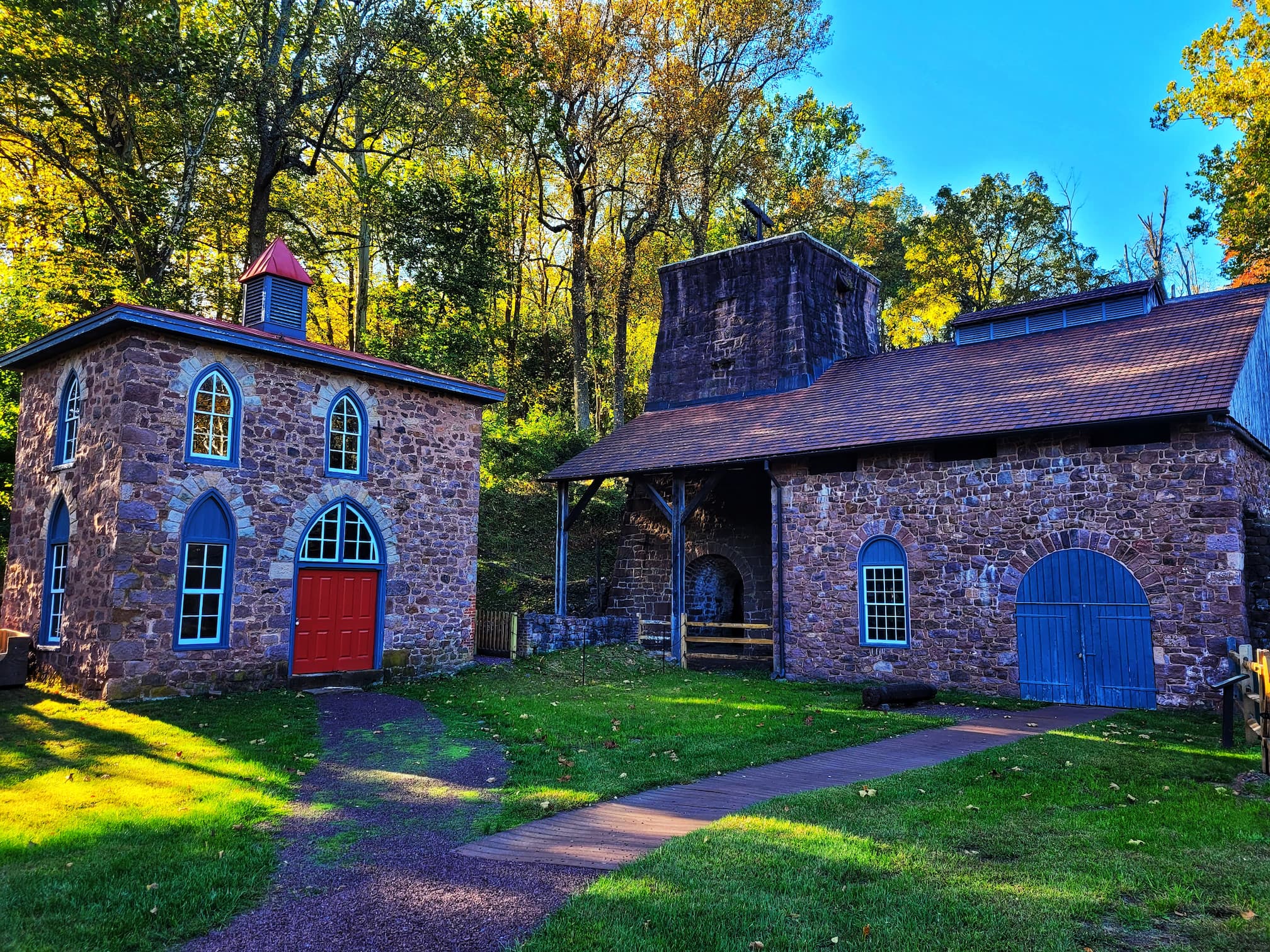
20+ More to do in Southeastern PA
We didn’t have time (or energy!) to do everything we were interested in while in Pennsylvania, but here are even more ideas of what to do in this area:
- Colebrookdale Railroad is a histric train that offers different themed train rides and special events
- Town of Reading: We would have liked to visit the Reading Museum, Reading Pagoda, Gruber Wagon Works, Neversink Mountain, and Antietam Lake Park
- Daniel Boone Homestead: The visitor center has limited hours, so we didn’t make it out here.
- Louis J Mascaro Automotive Museum is another spot with very limited hours
- Natural Lands’ Crow’s Nest Preserve is right next door to French Creek and Hopewell Furnace
- Welkinweir gardens would probably be better to visit in summer anyways
- The Mill at Anselma Preservation is a historic mill that is offers milling demonstrations and a National Historic Landmark
- Morlatton Village
- Manatawny Still Works has a distillery and tasting room in Pottstown
- Pottsgrove Manor offers guided tours of the 18th century home
- Fricks Locks Village is a 1700s village that offers tours twice a month seasonally
- Wharton Esherick Museum was the home and studio of artist Wharton Esherick and offers tours with advanced registration
- Anthony Wayne House is a National Historic Landmark and offers guided tours a few times a week, it’s also popular as a wedding venue
- Norristown Farm Park is considered one of the most unique Pennsylvania state park, since it’s a working farm from the colonial era
- Conshohocken Historical Society has a map of all kinds of local landmarks that would have been interesting to visit
- Riverbend Environmental Education Center does have open grounds every day, but we would have liked to catch one of their public education programs
- Wissahickon Valley Park is a National Natural Landmark that features the Wissahickon creek and the wooded valley it winds through
- The Highlands Mansion and Gardens: an 18th century Georgian mansion and large formal garden
- Fort Washington State Park was home to a temporary fort built by Washington before they created the Valley Forge encampment
- Historic Hope Lodge: an 18th century property that only offers tours on Sundays
- John Heinz National Wildlife Refuge at Tinicum is a US Fish and Wildlife Service preserve with over 10 miles of trails
- Ephrata Cloister: an 18th century religious community that was home to 80 celibate members
We are Harvest Hosts affiliates and earn on qualifying purchases.
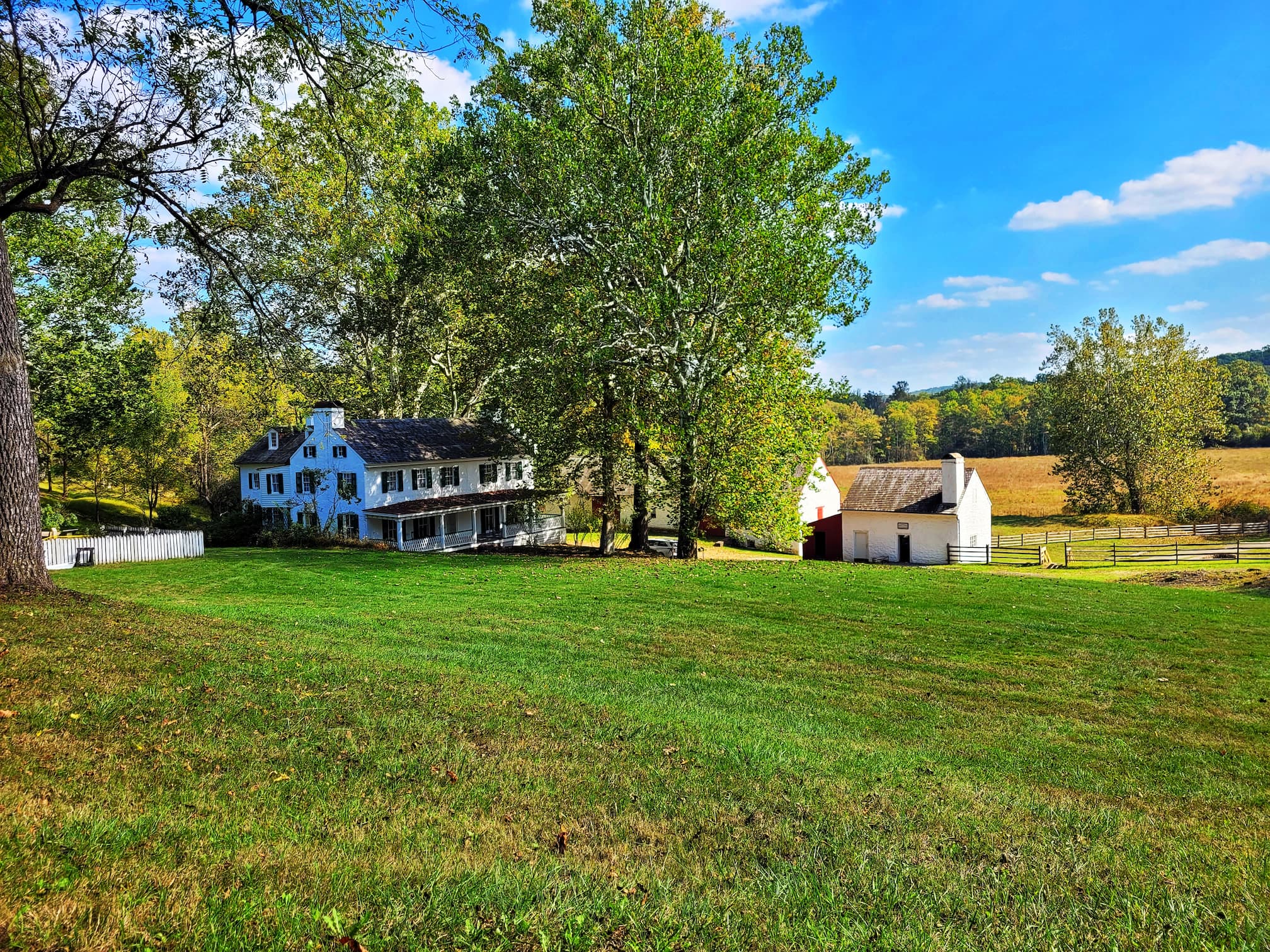
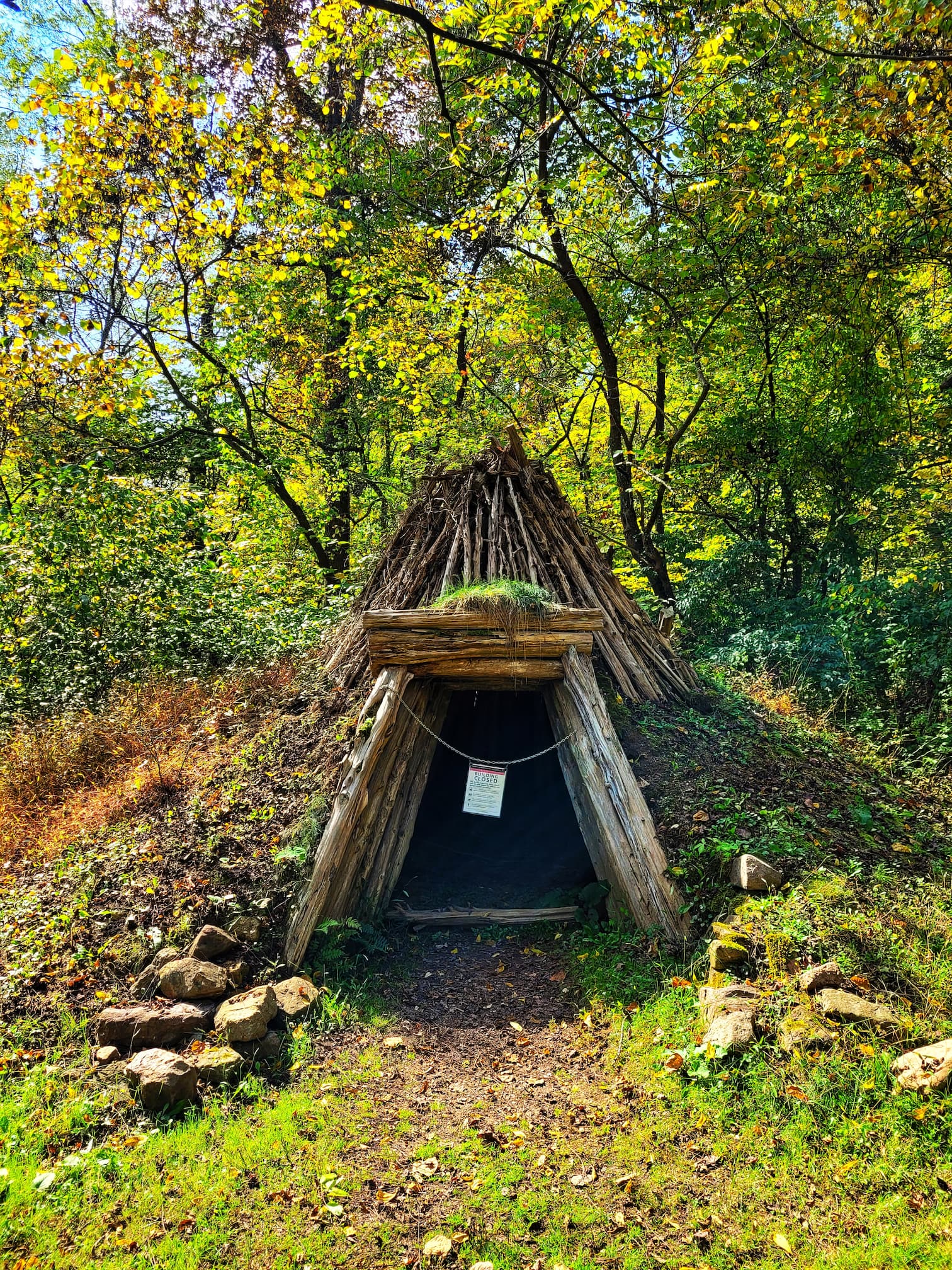
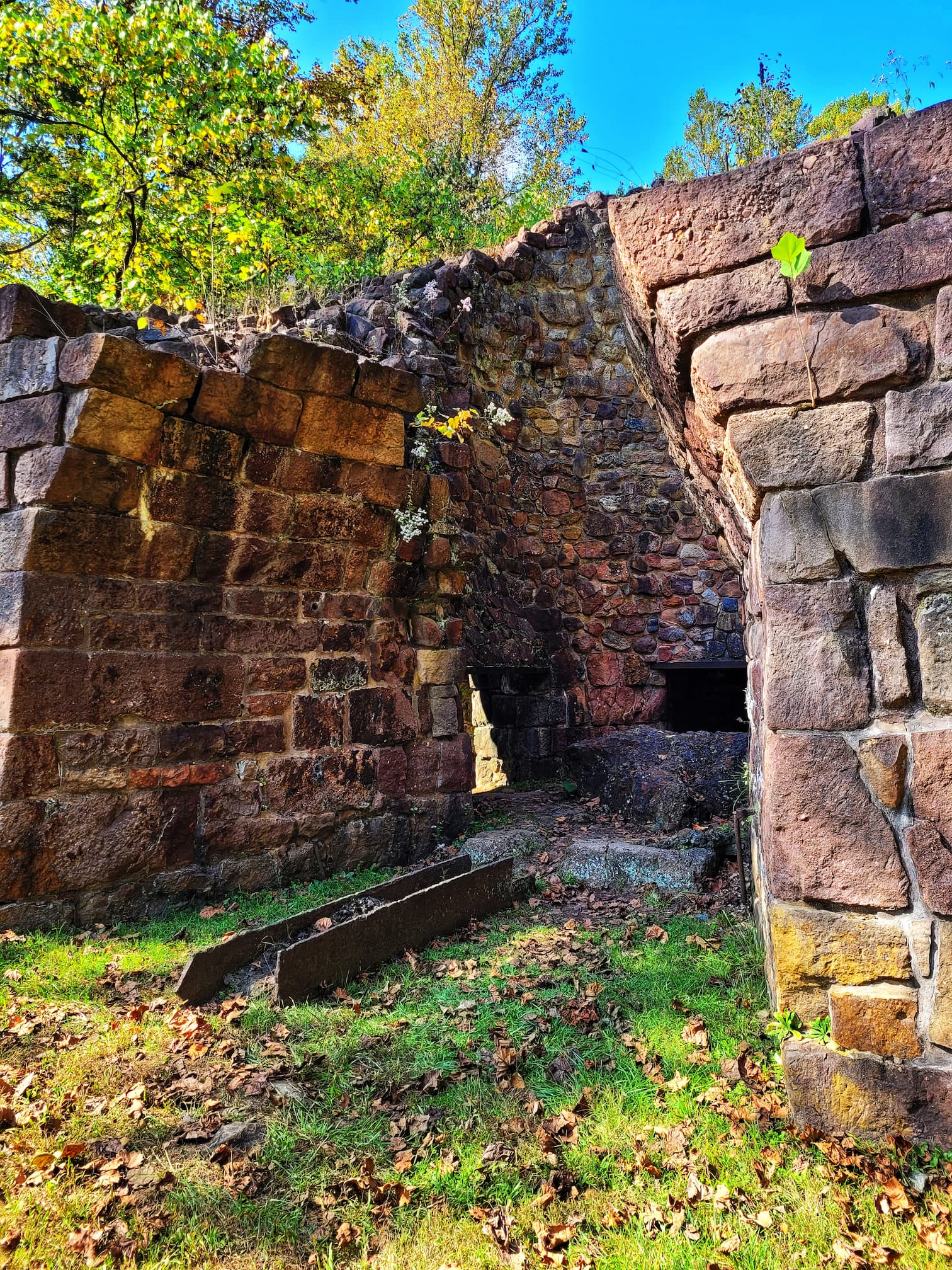
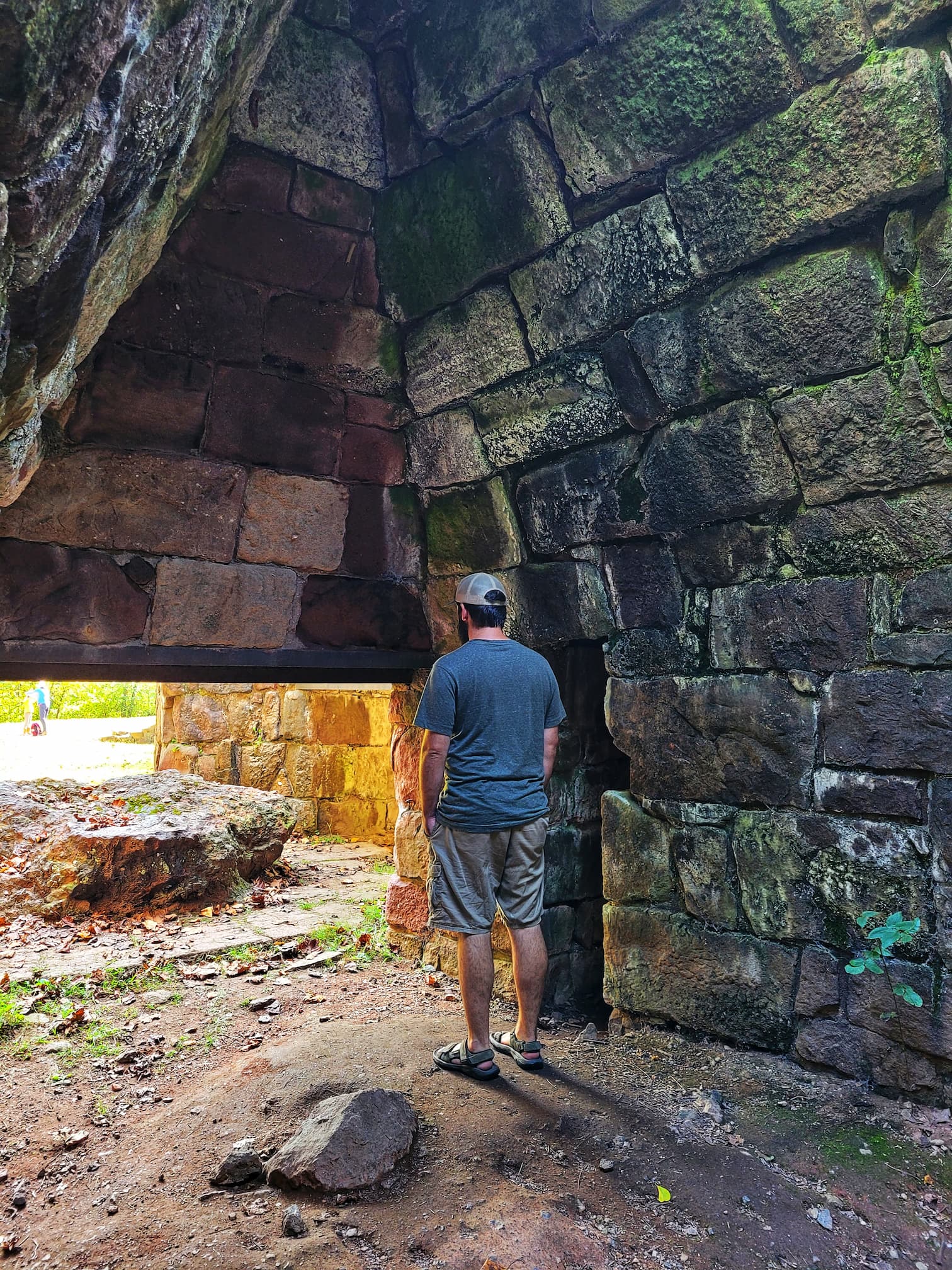
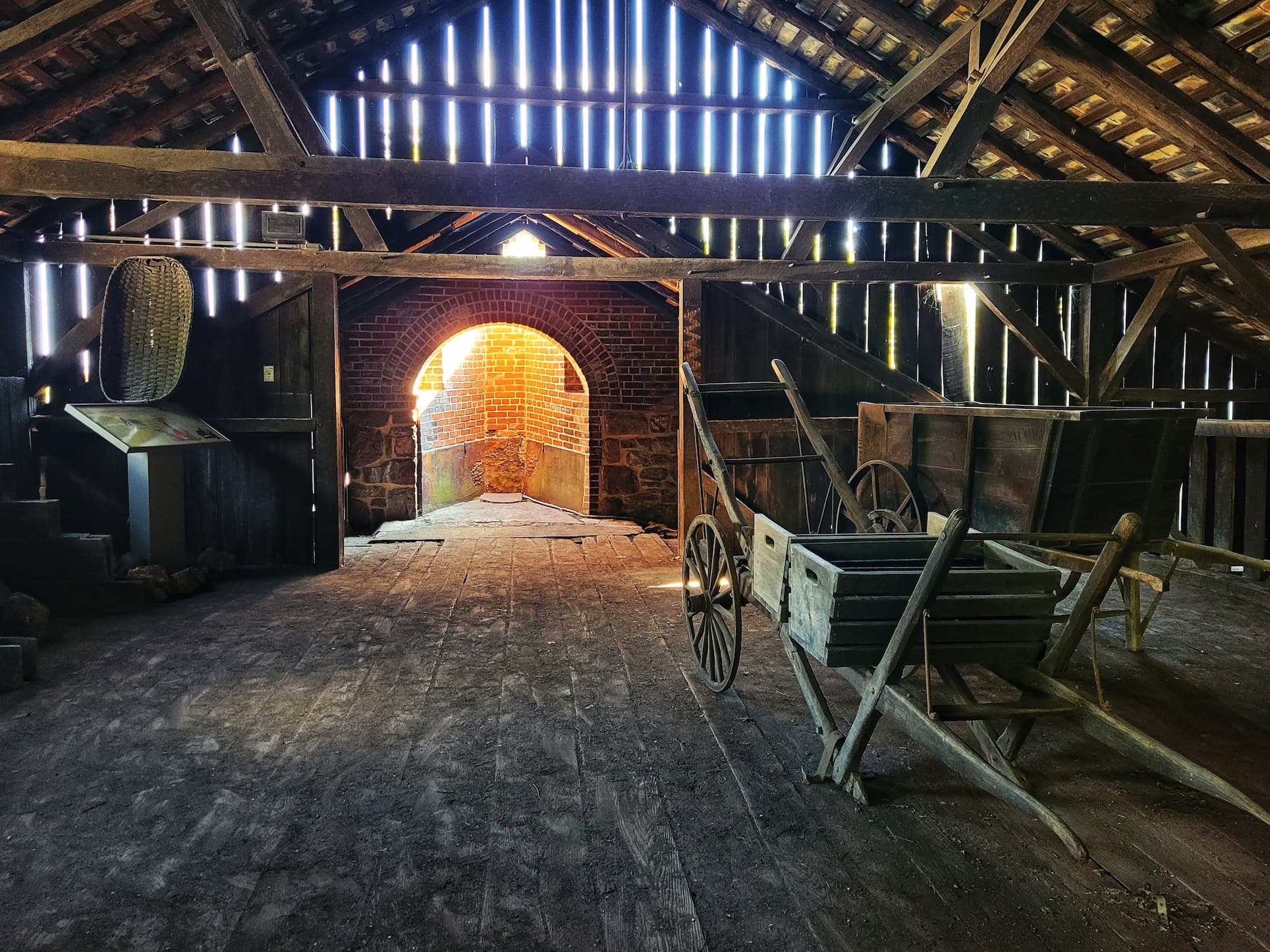
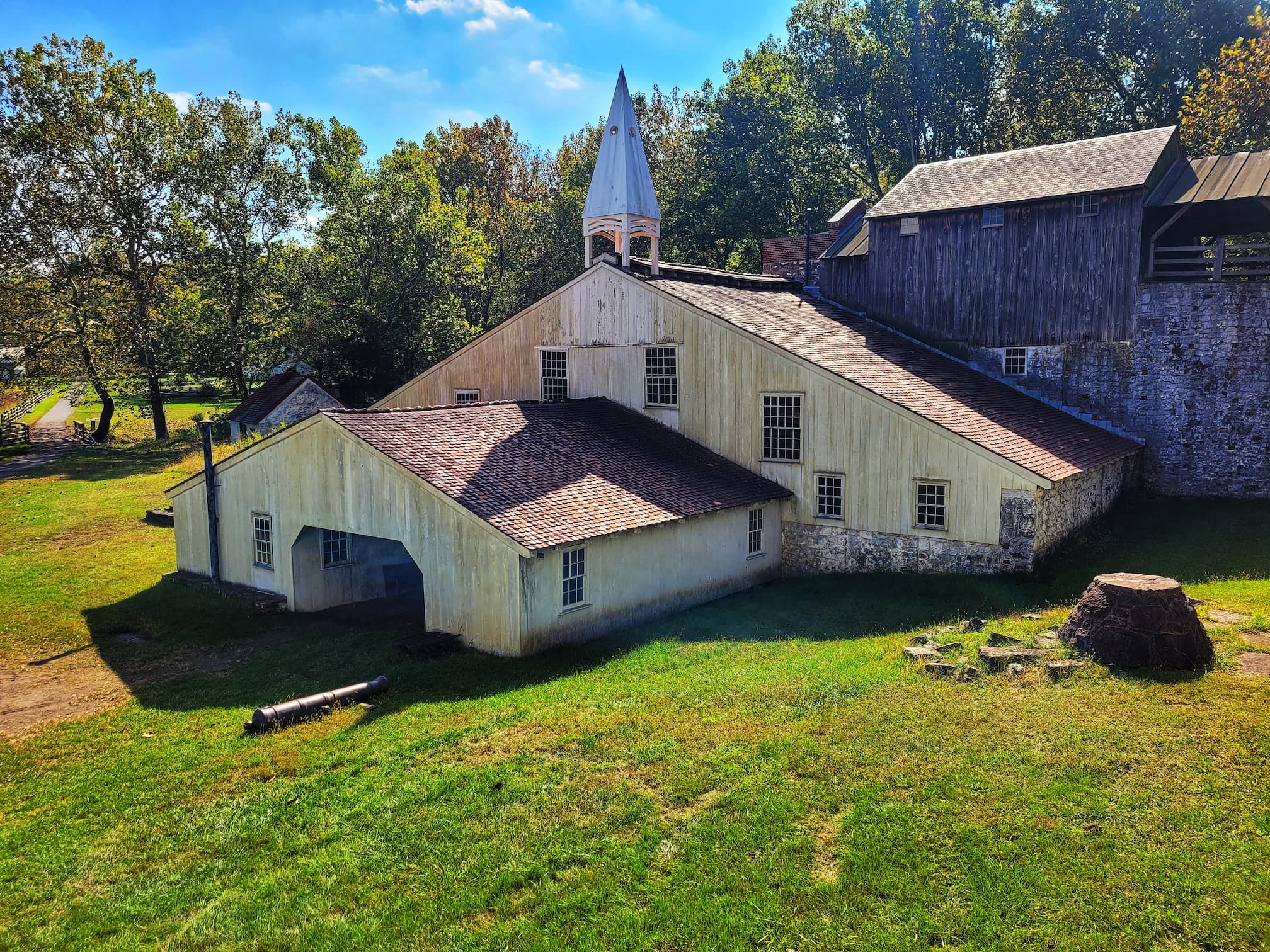
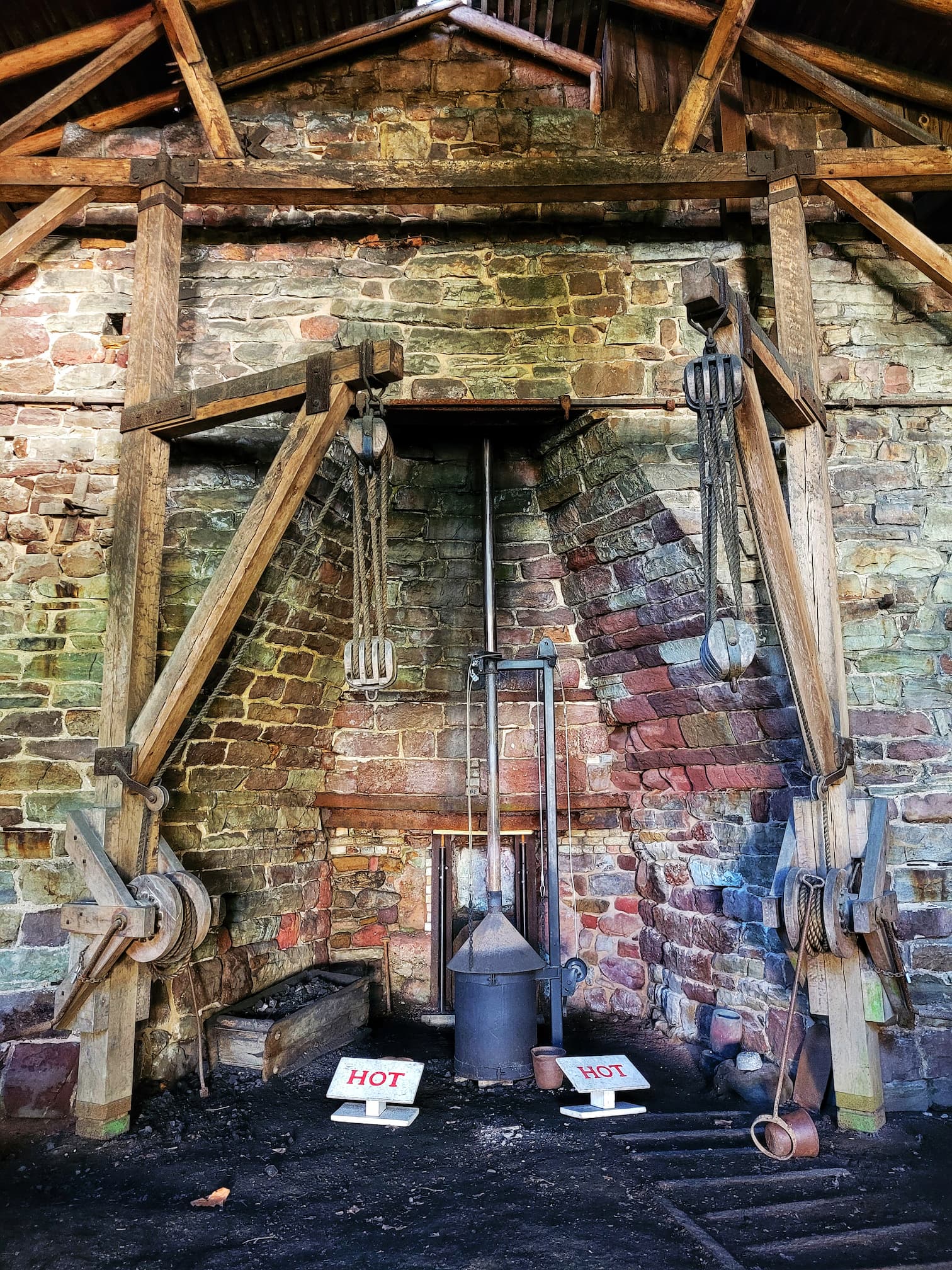
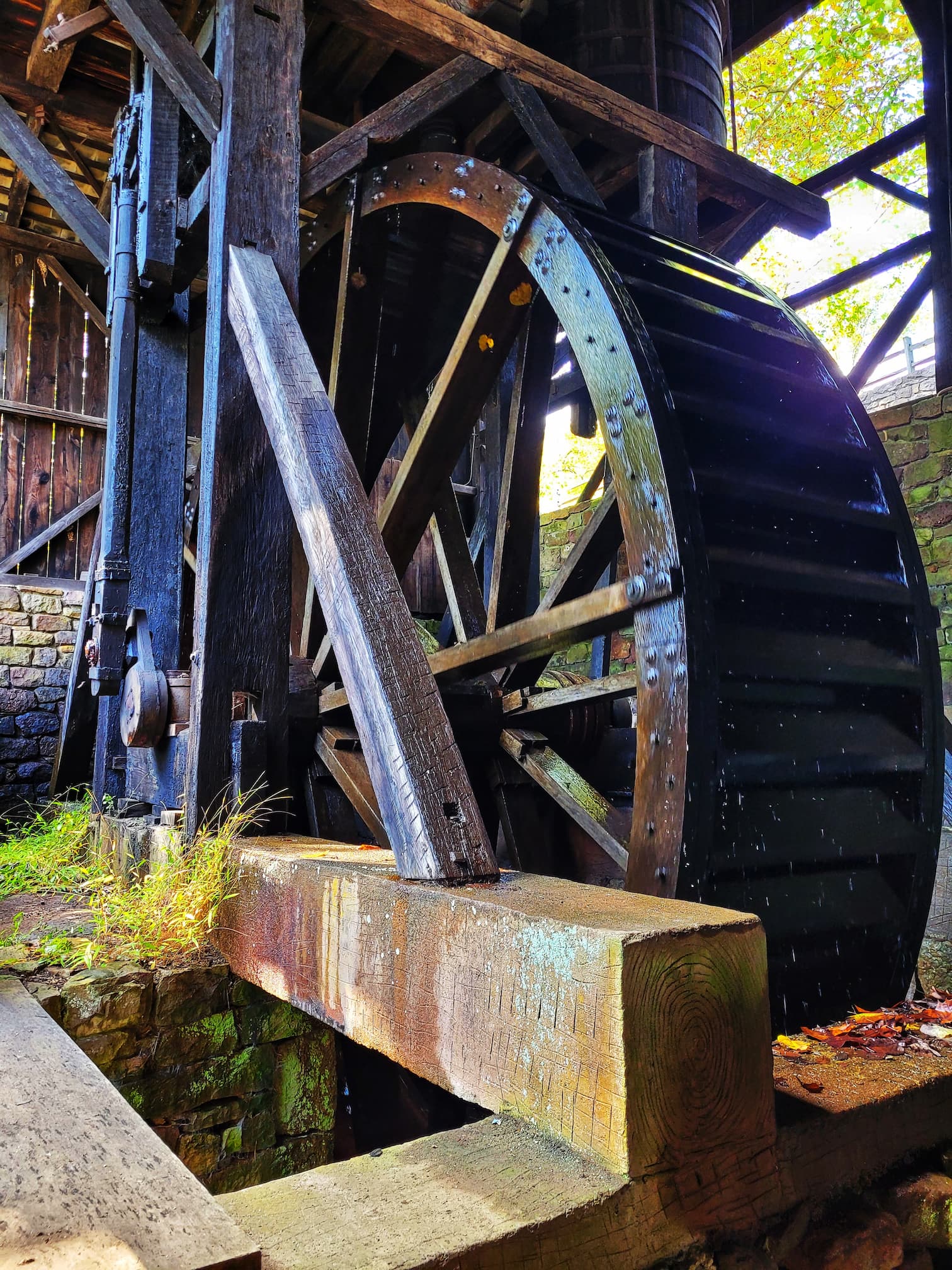
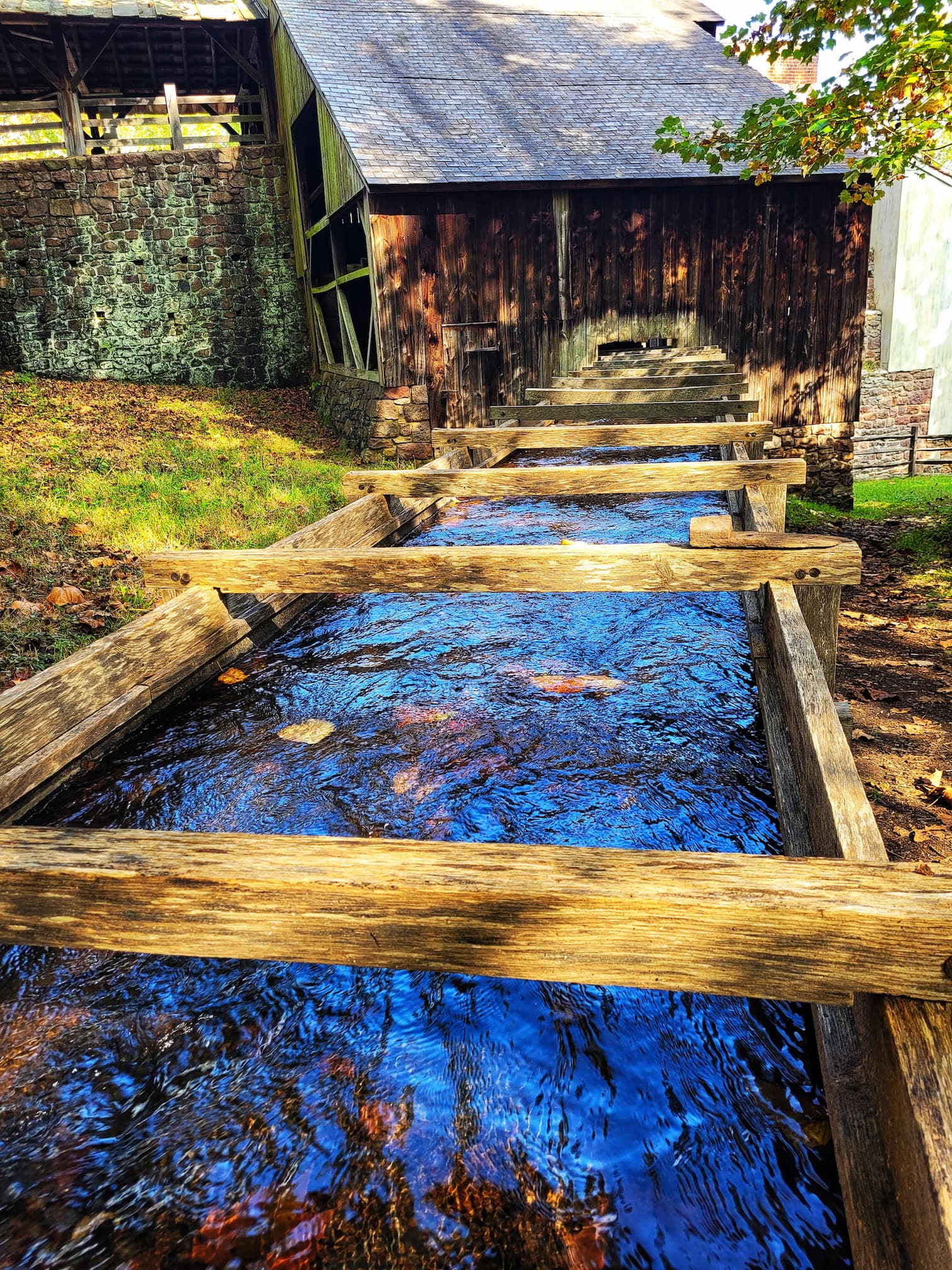
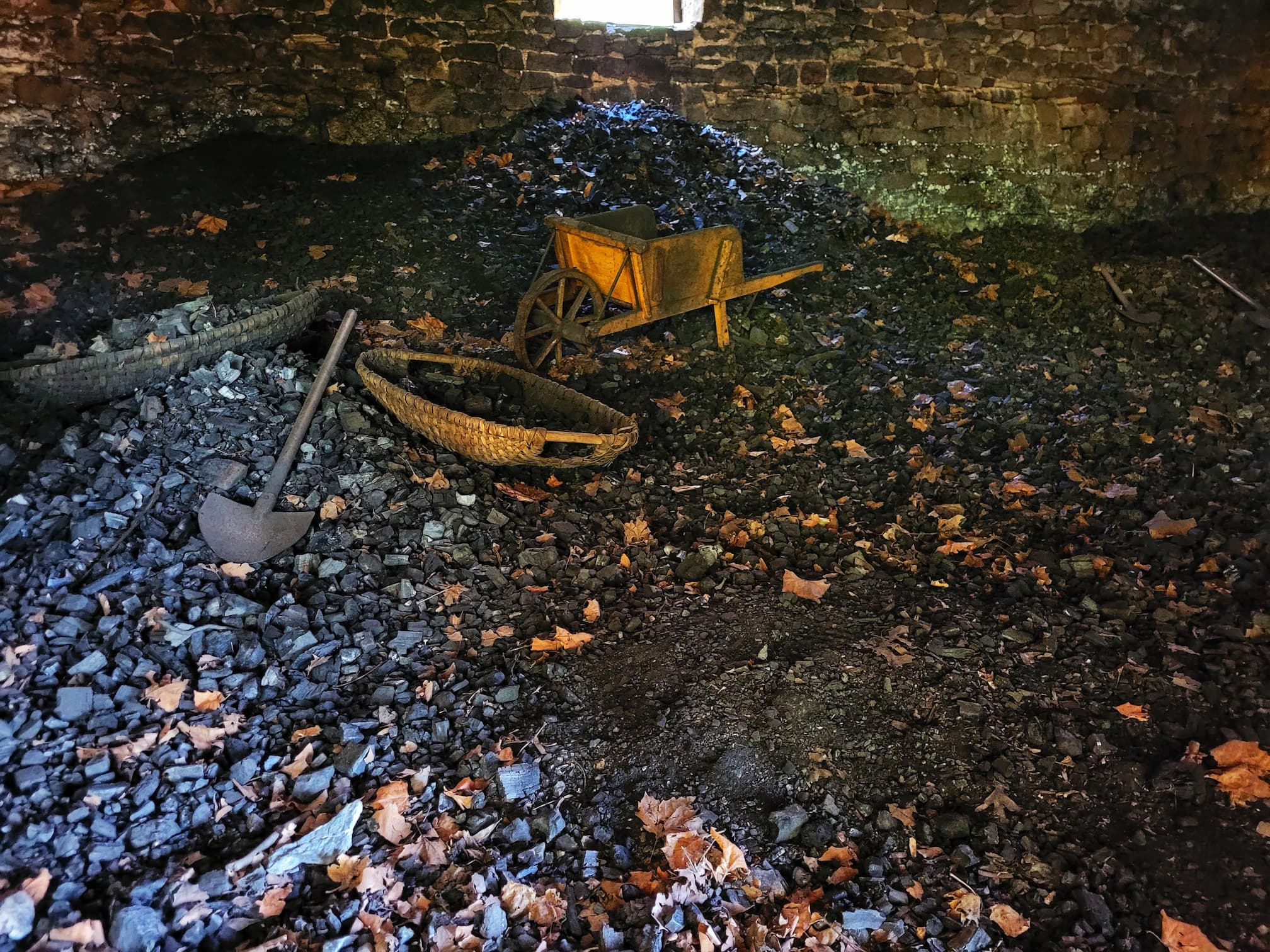
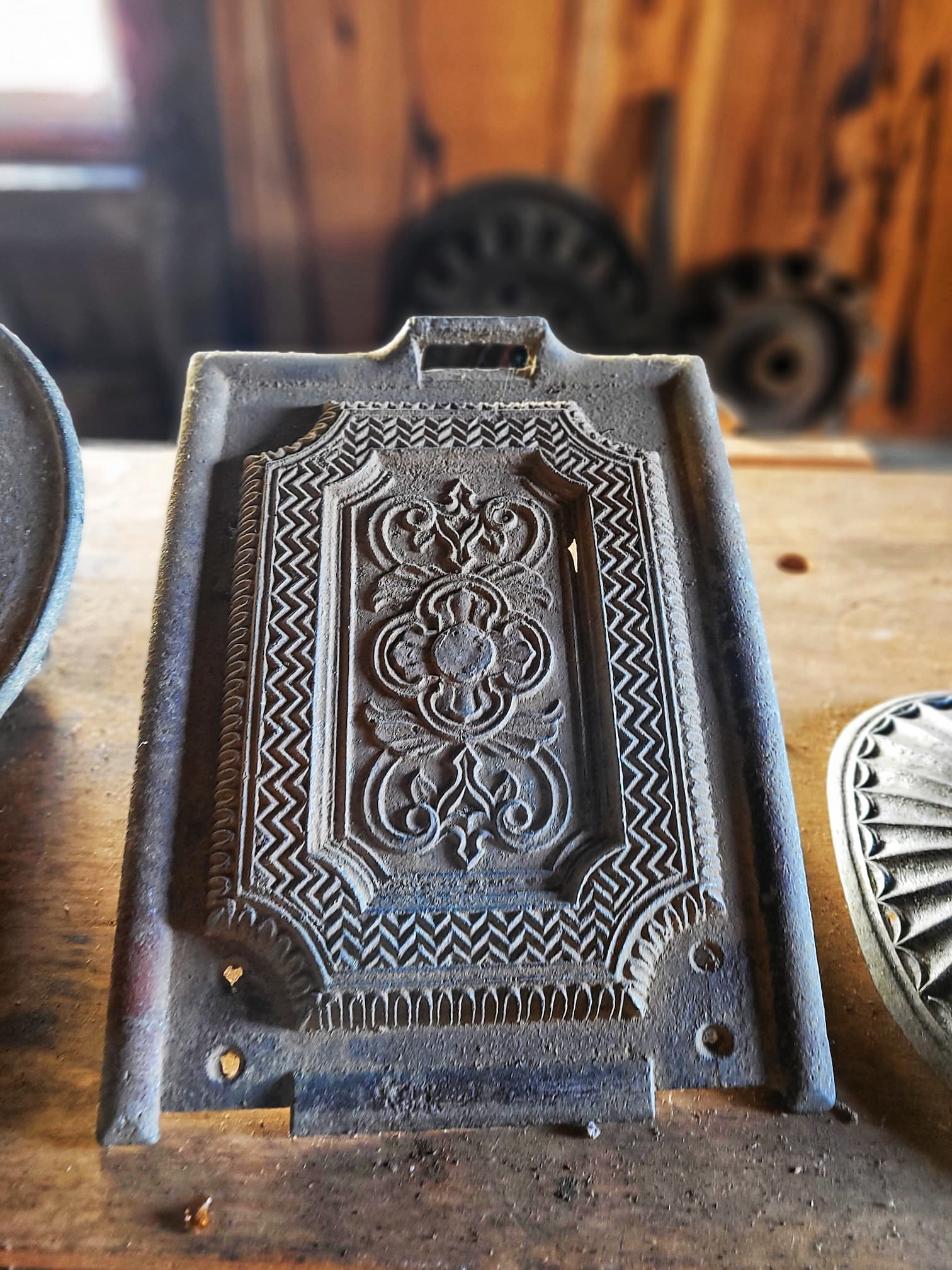
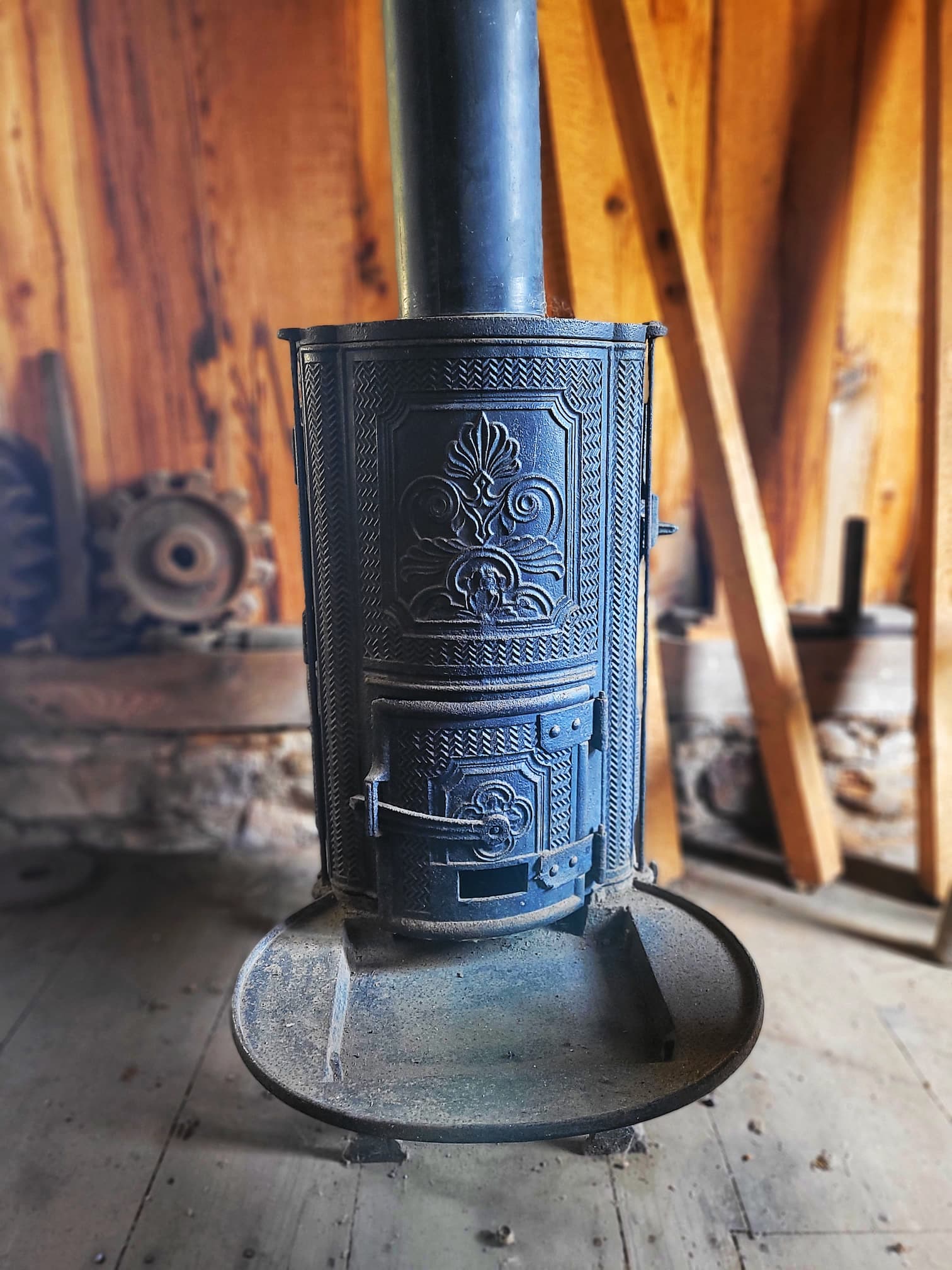
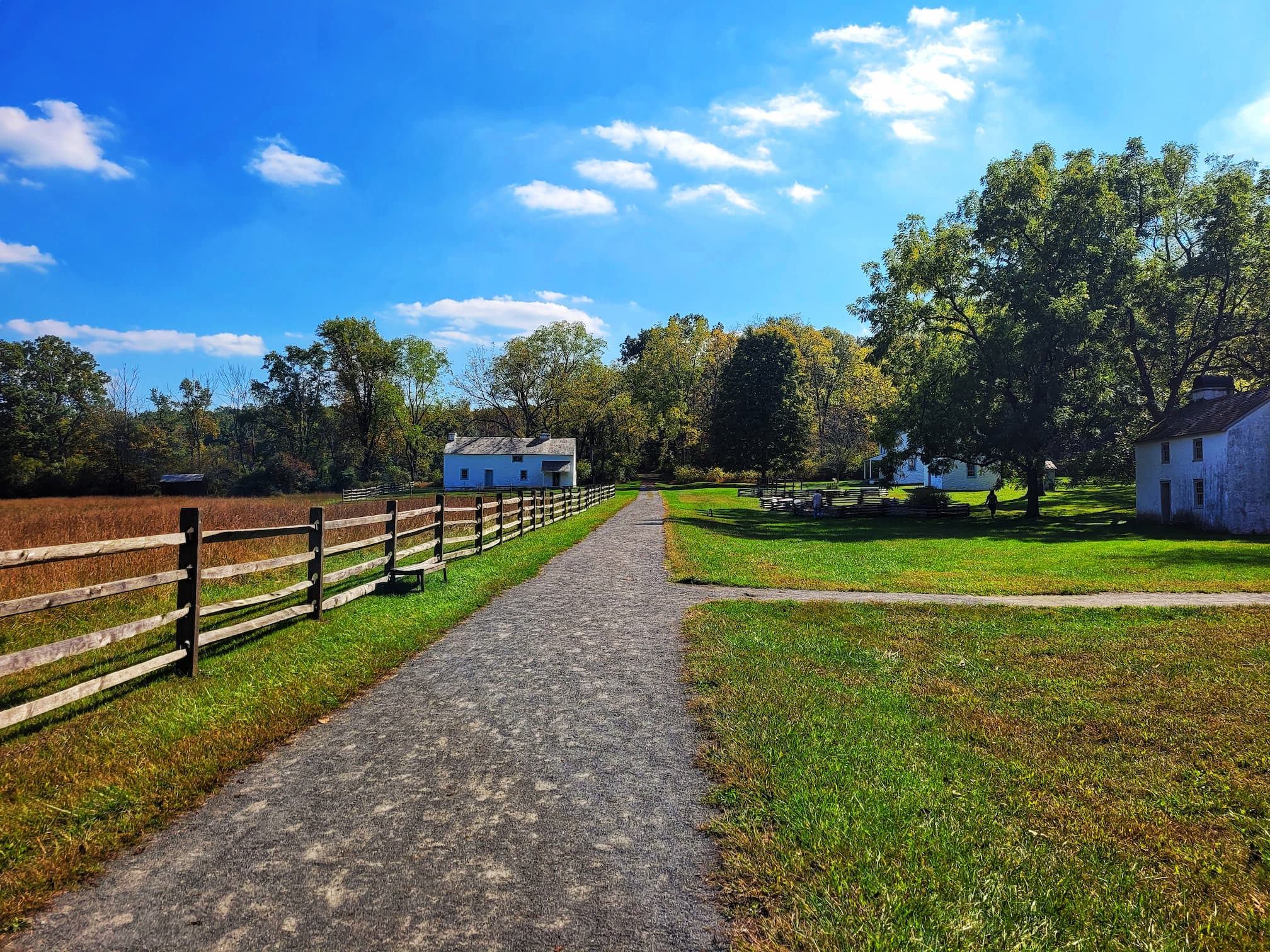
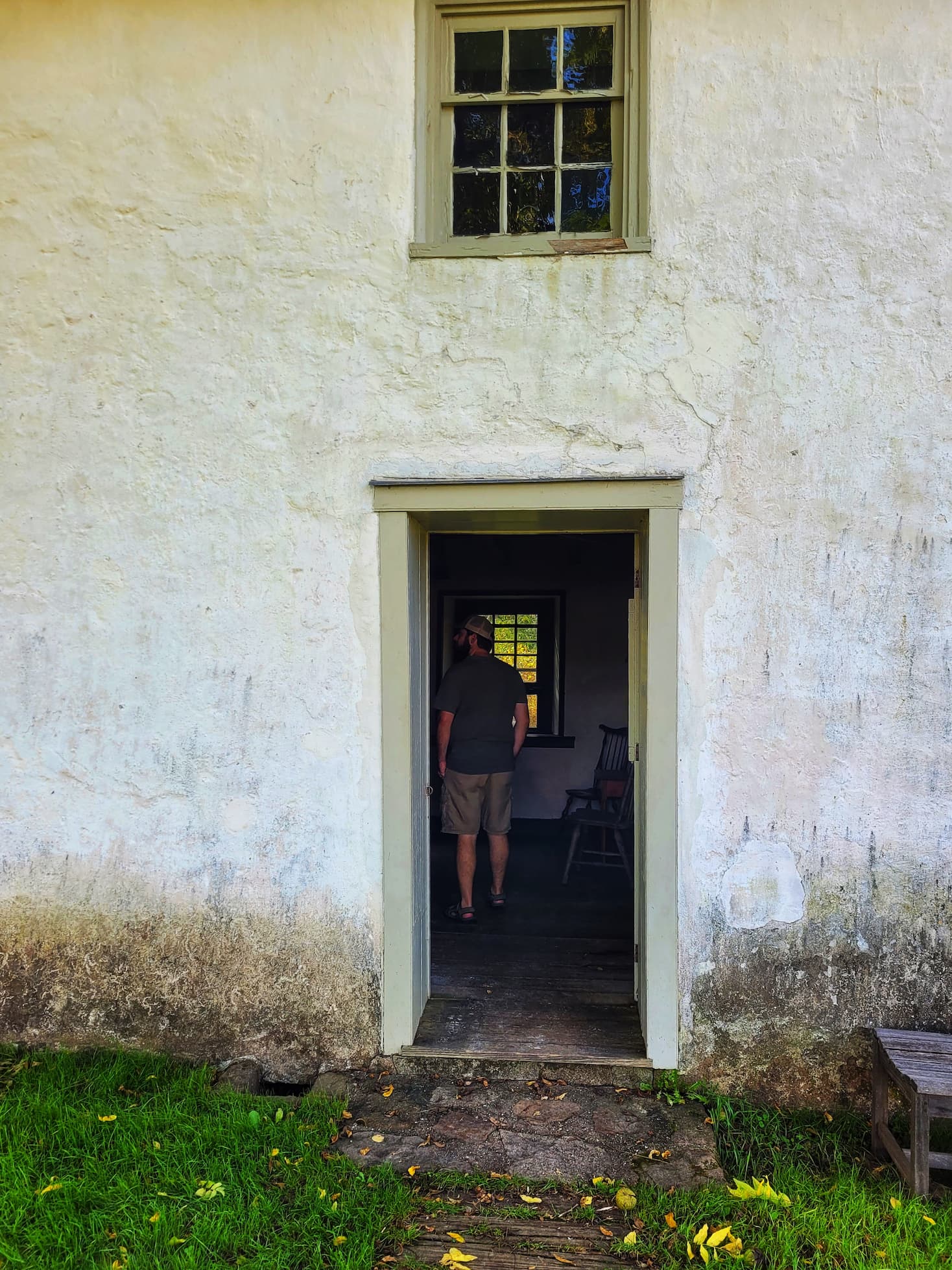
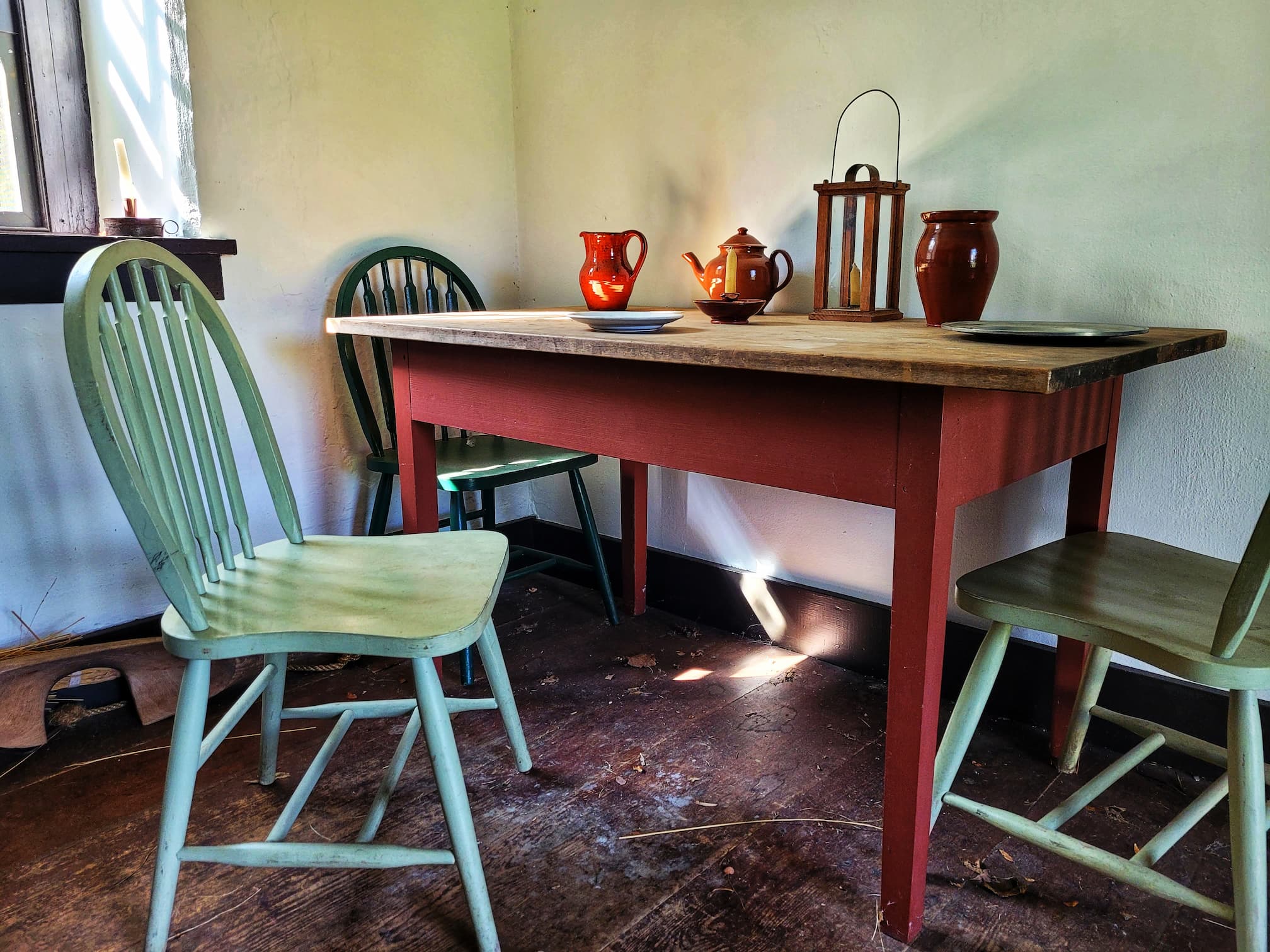
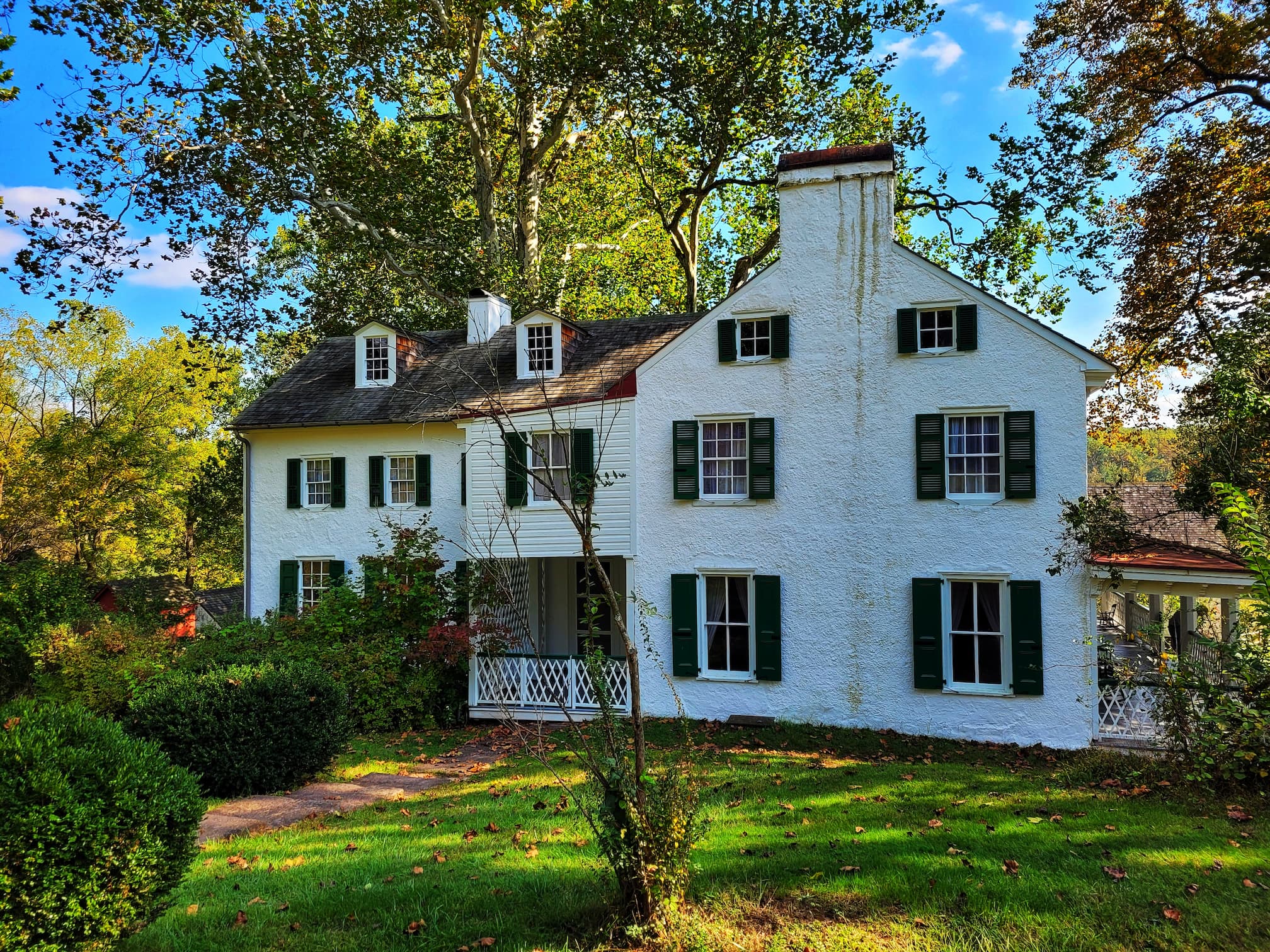
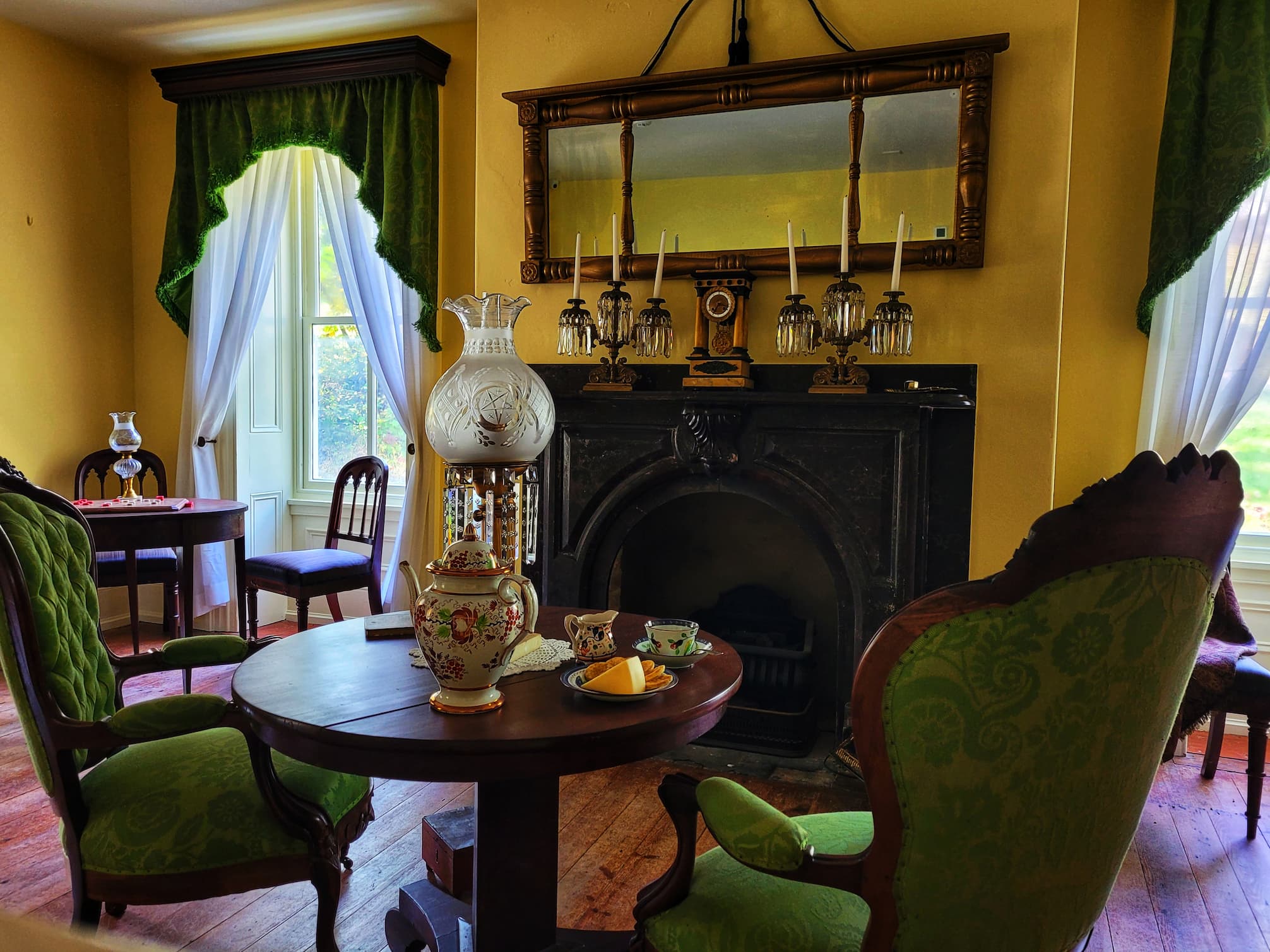
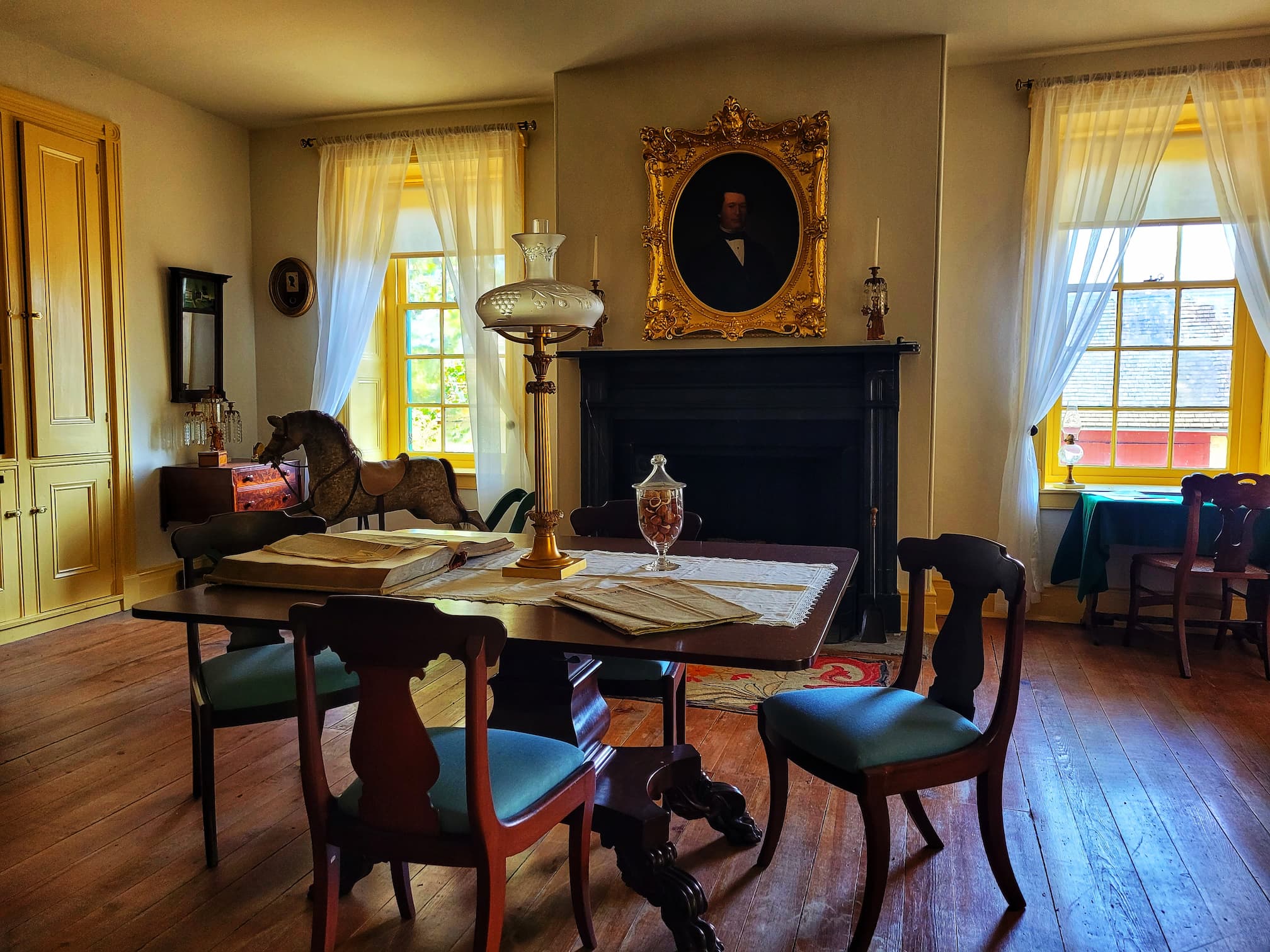
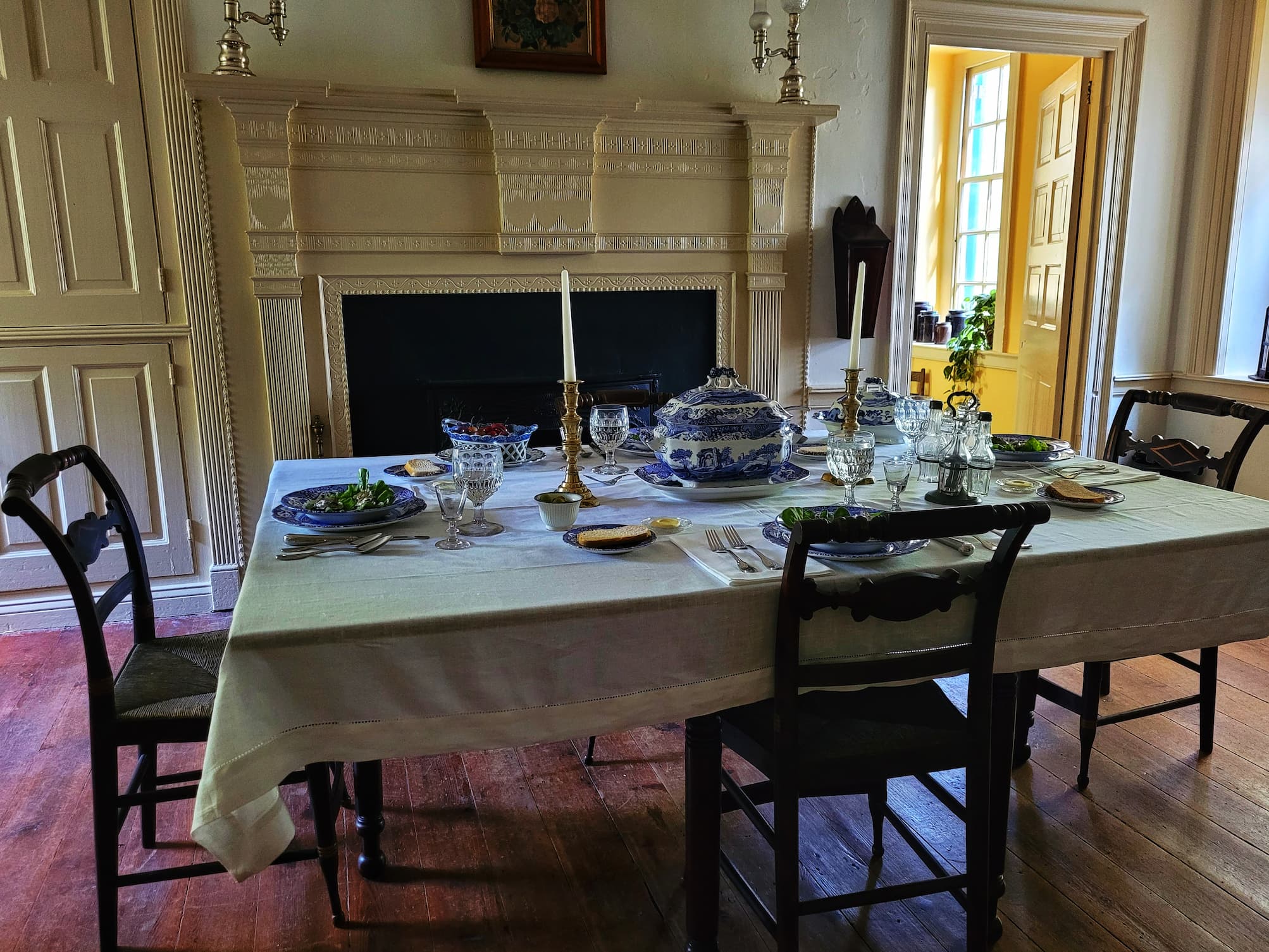
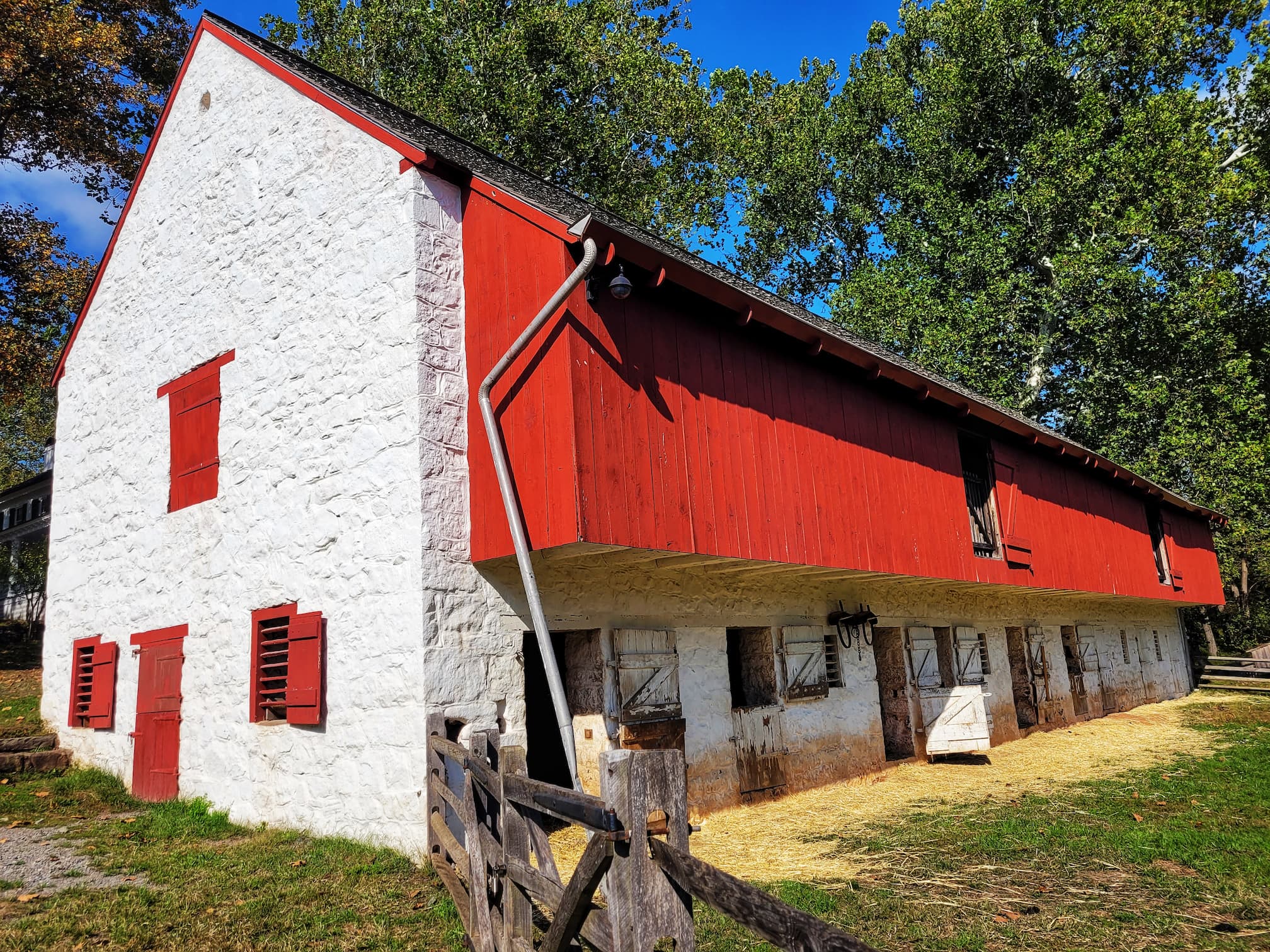


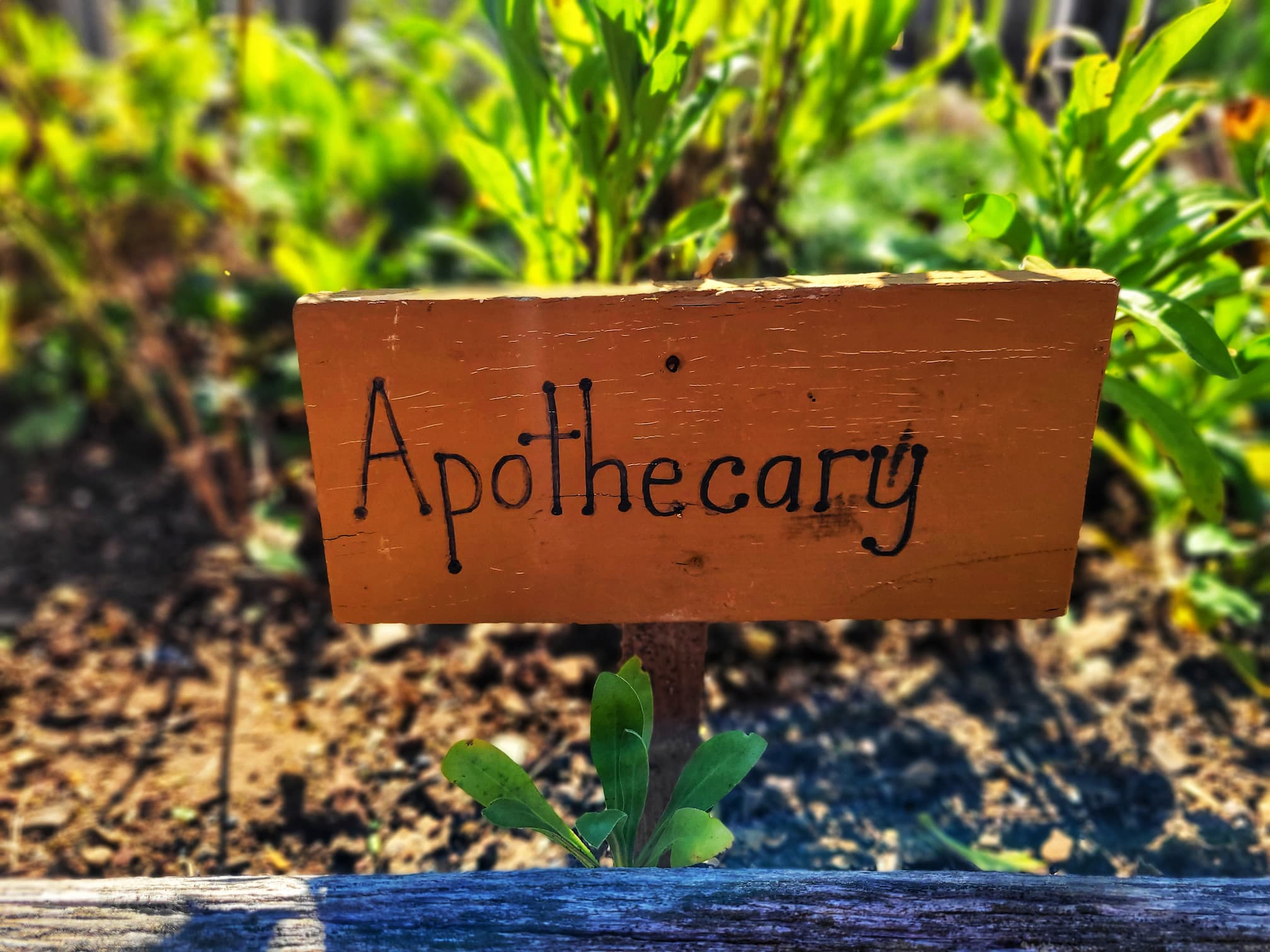
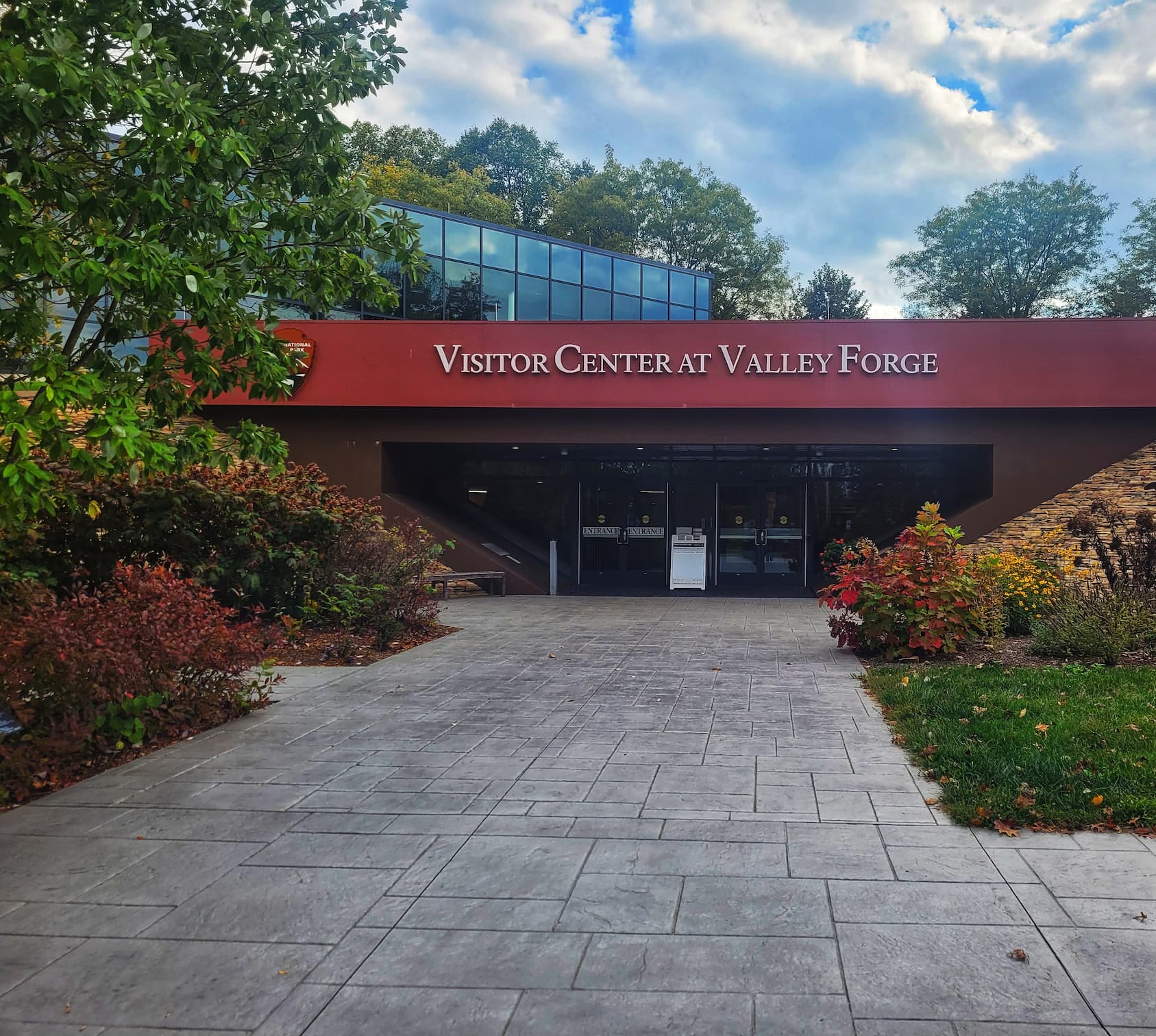
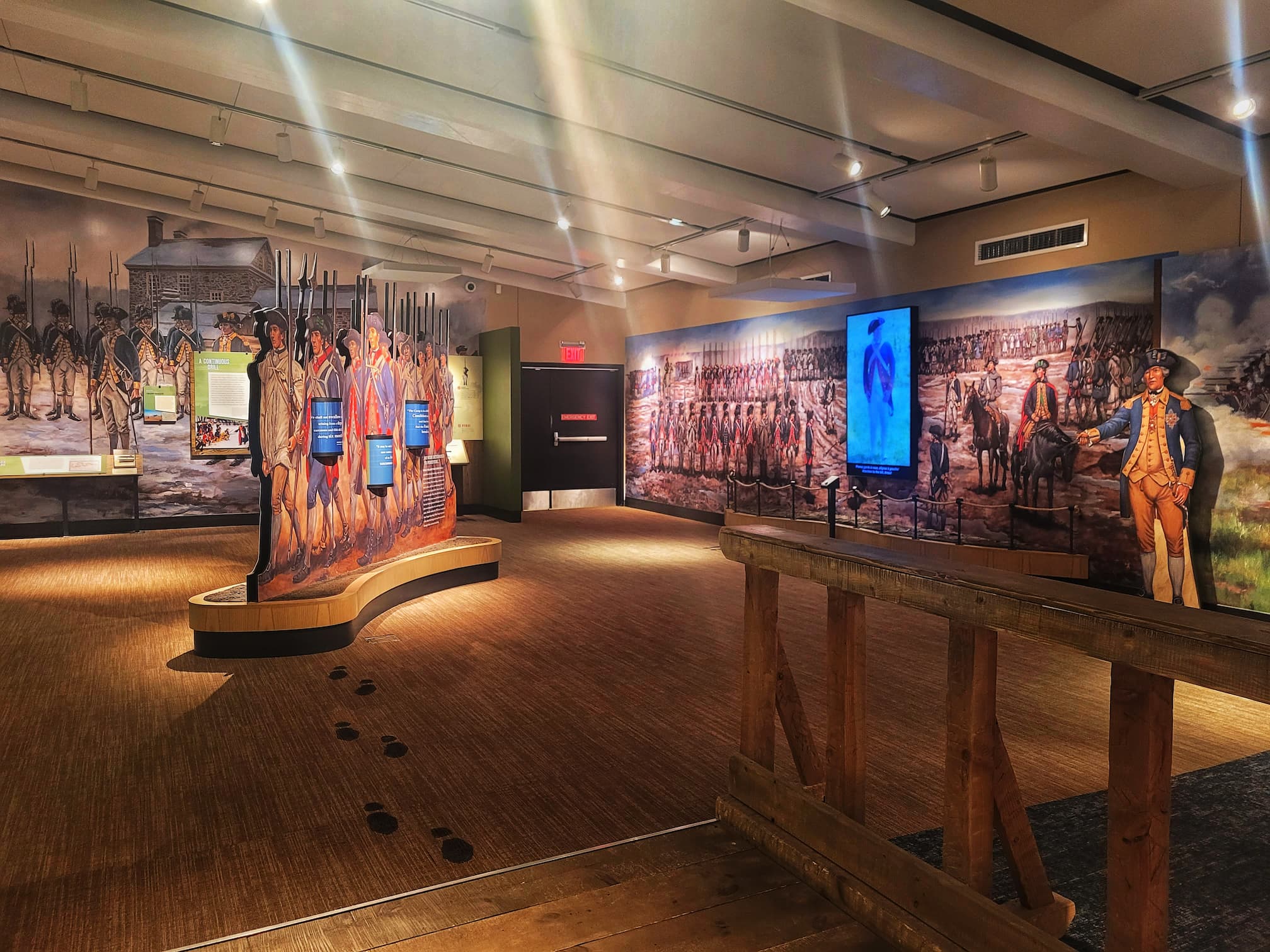
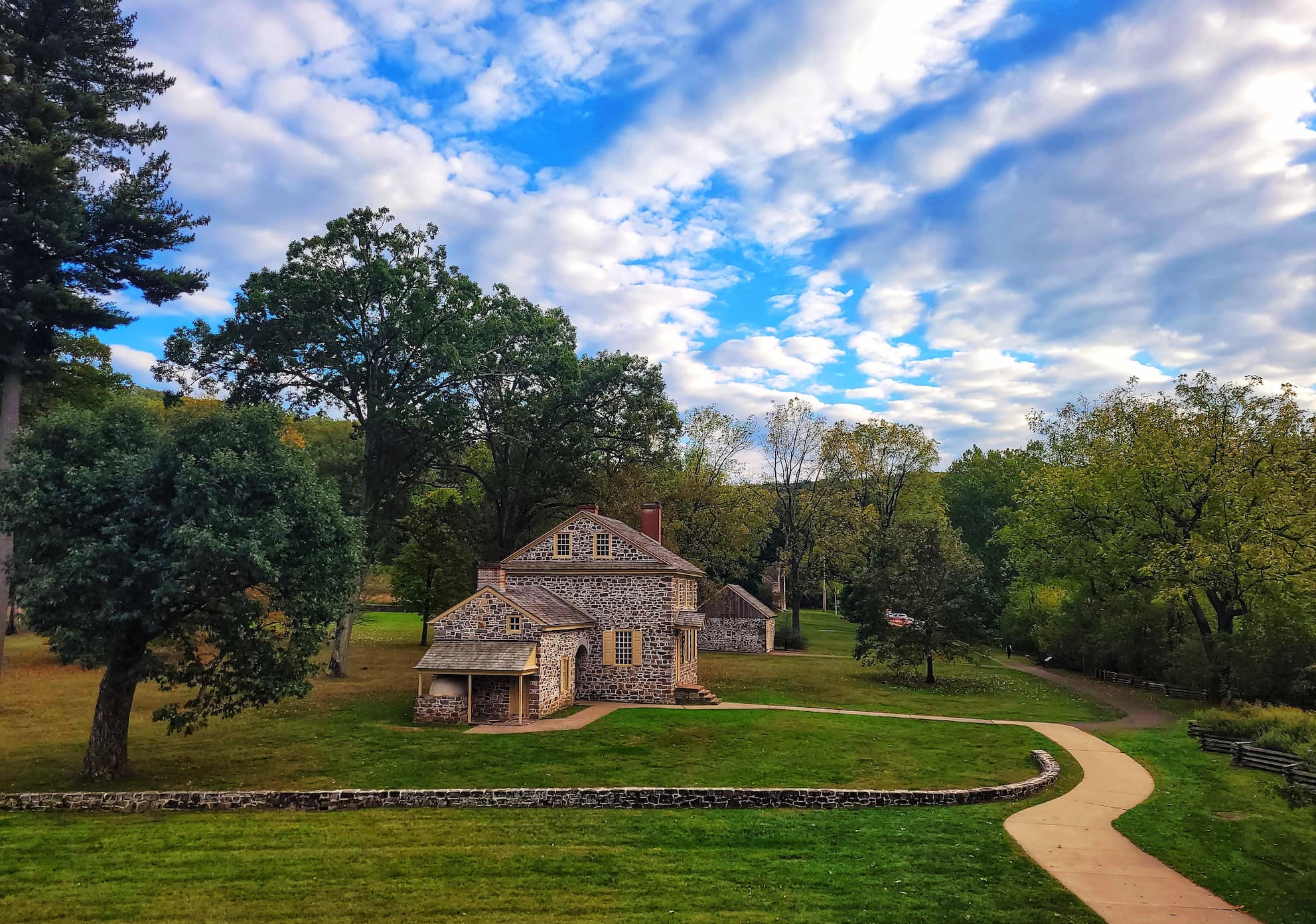
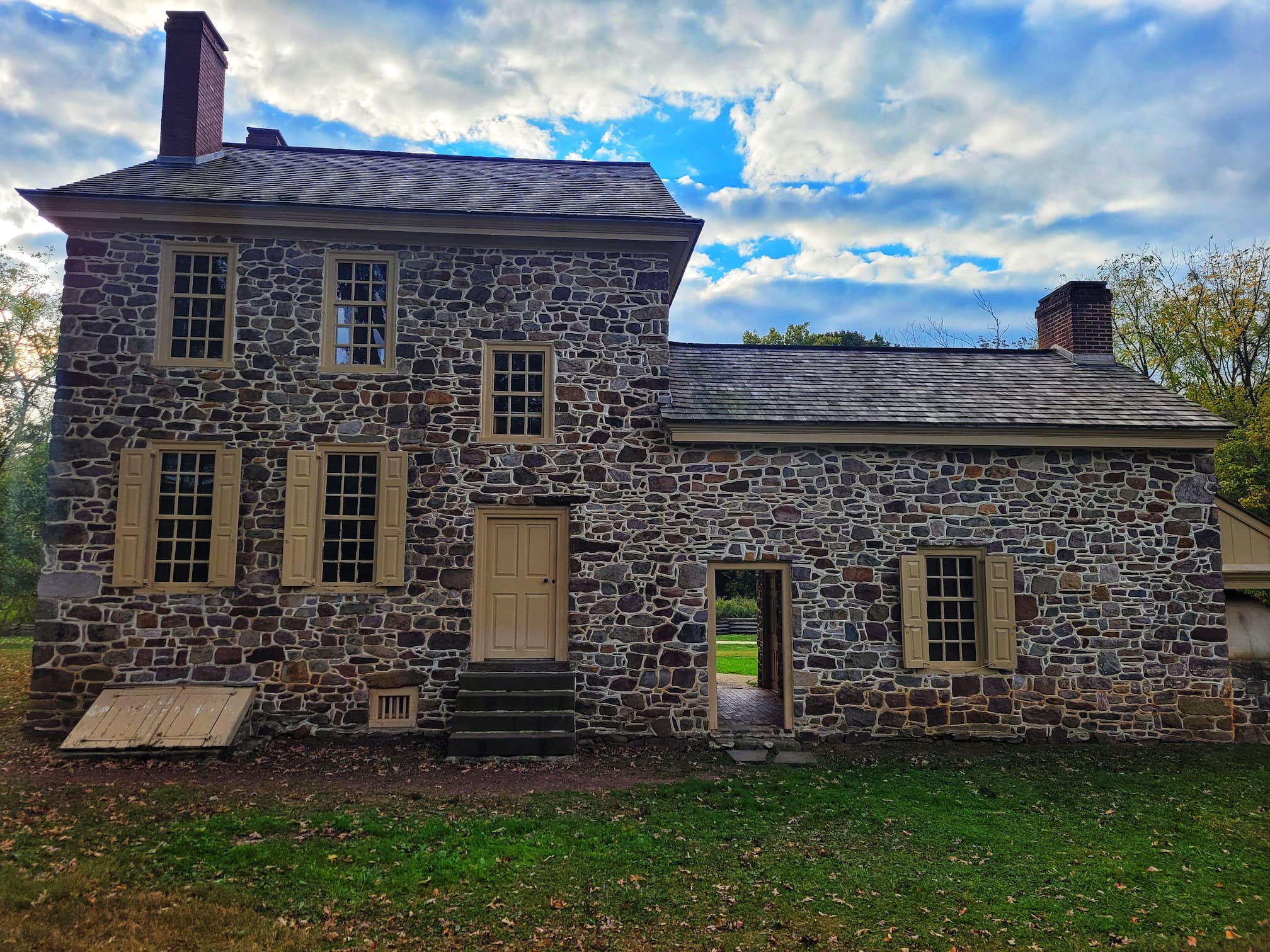
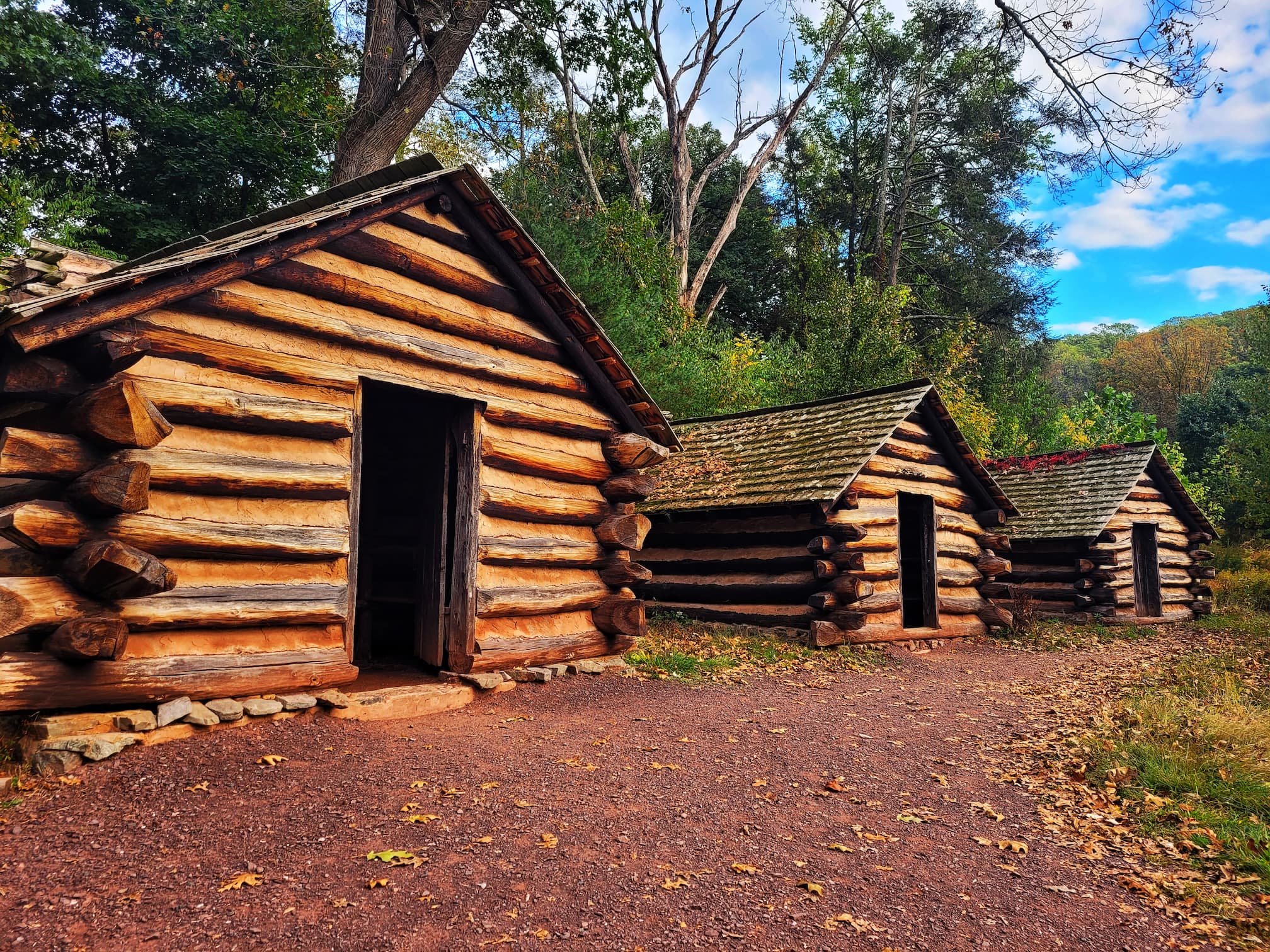

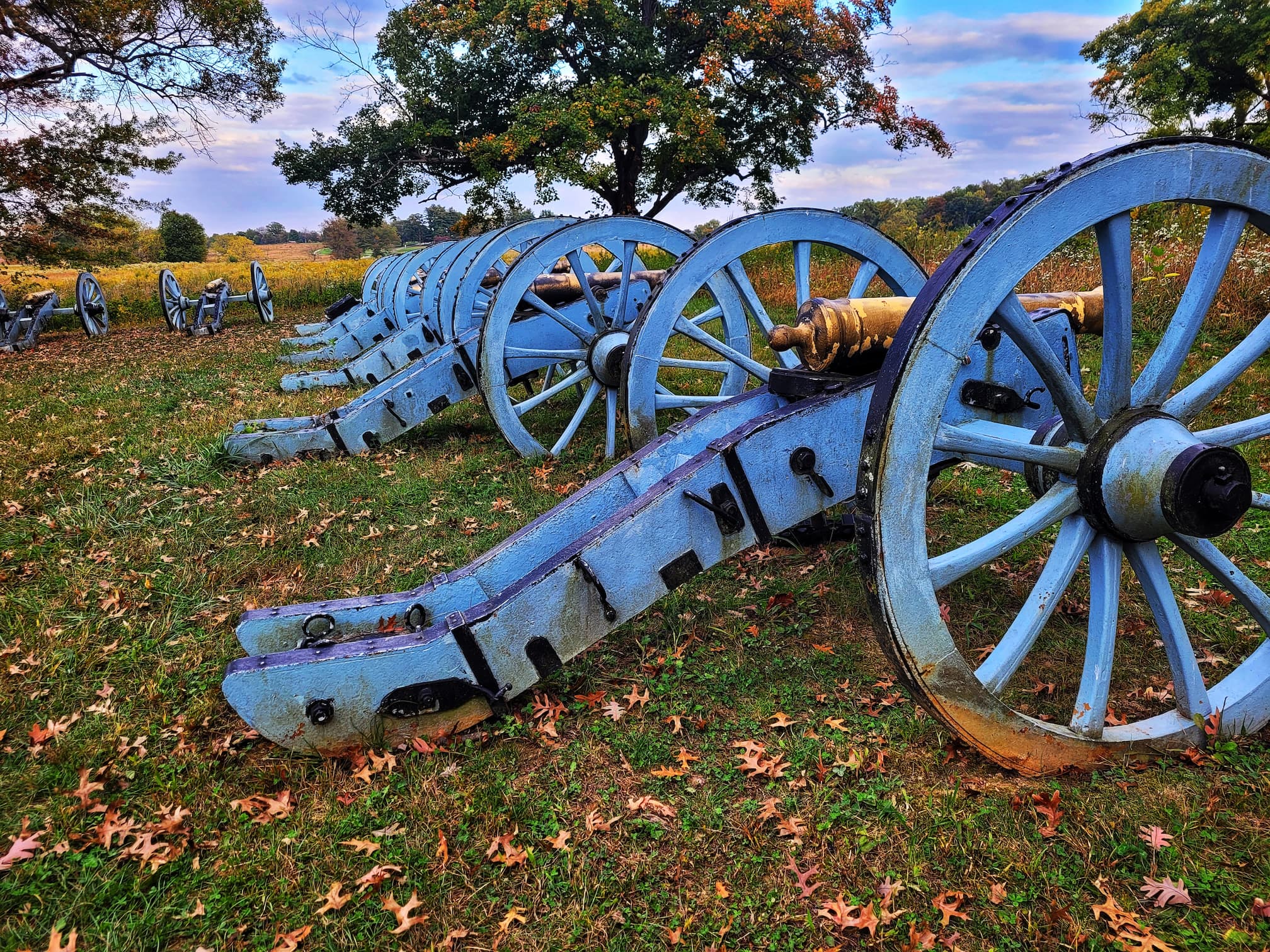
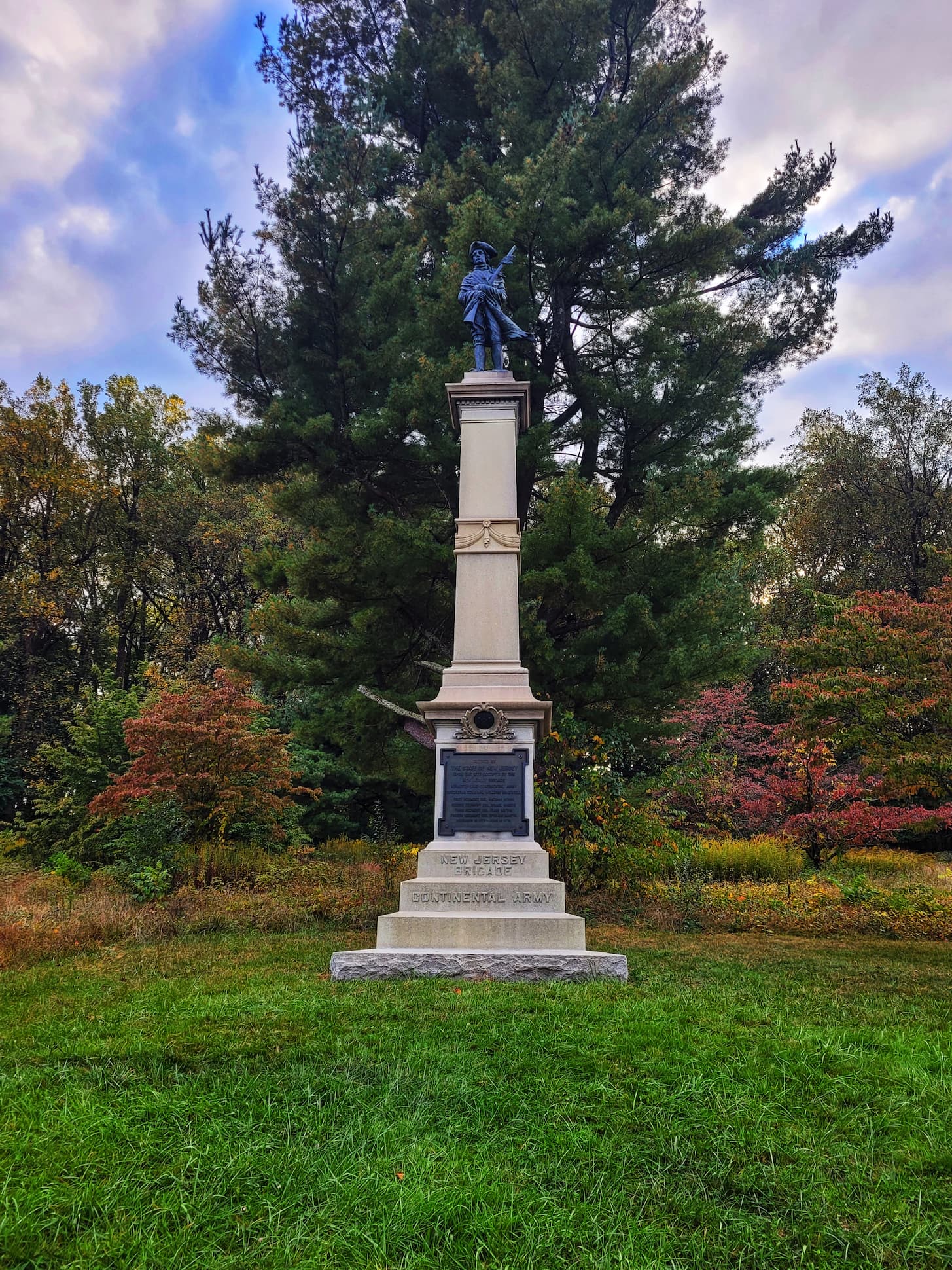
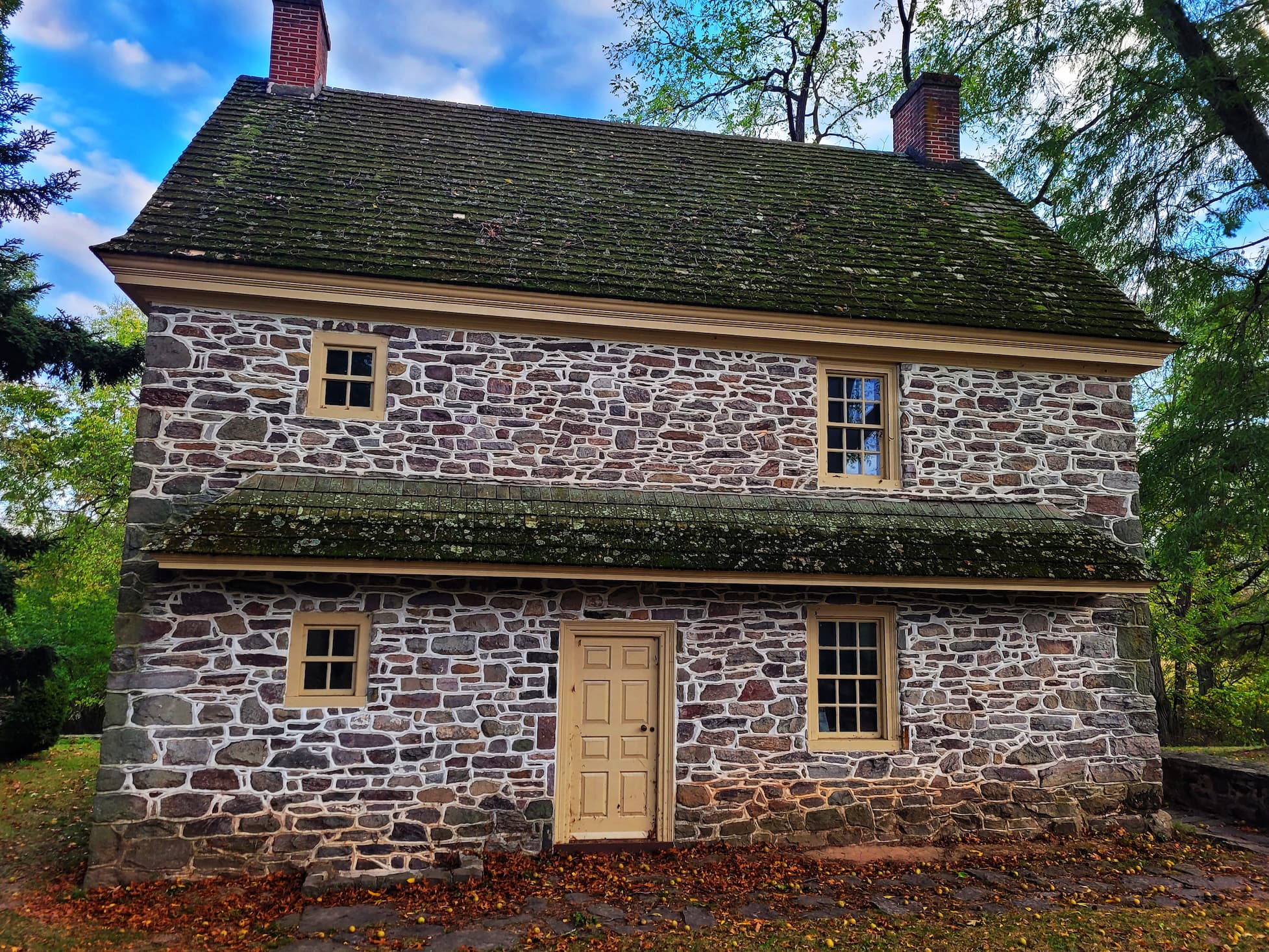
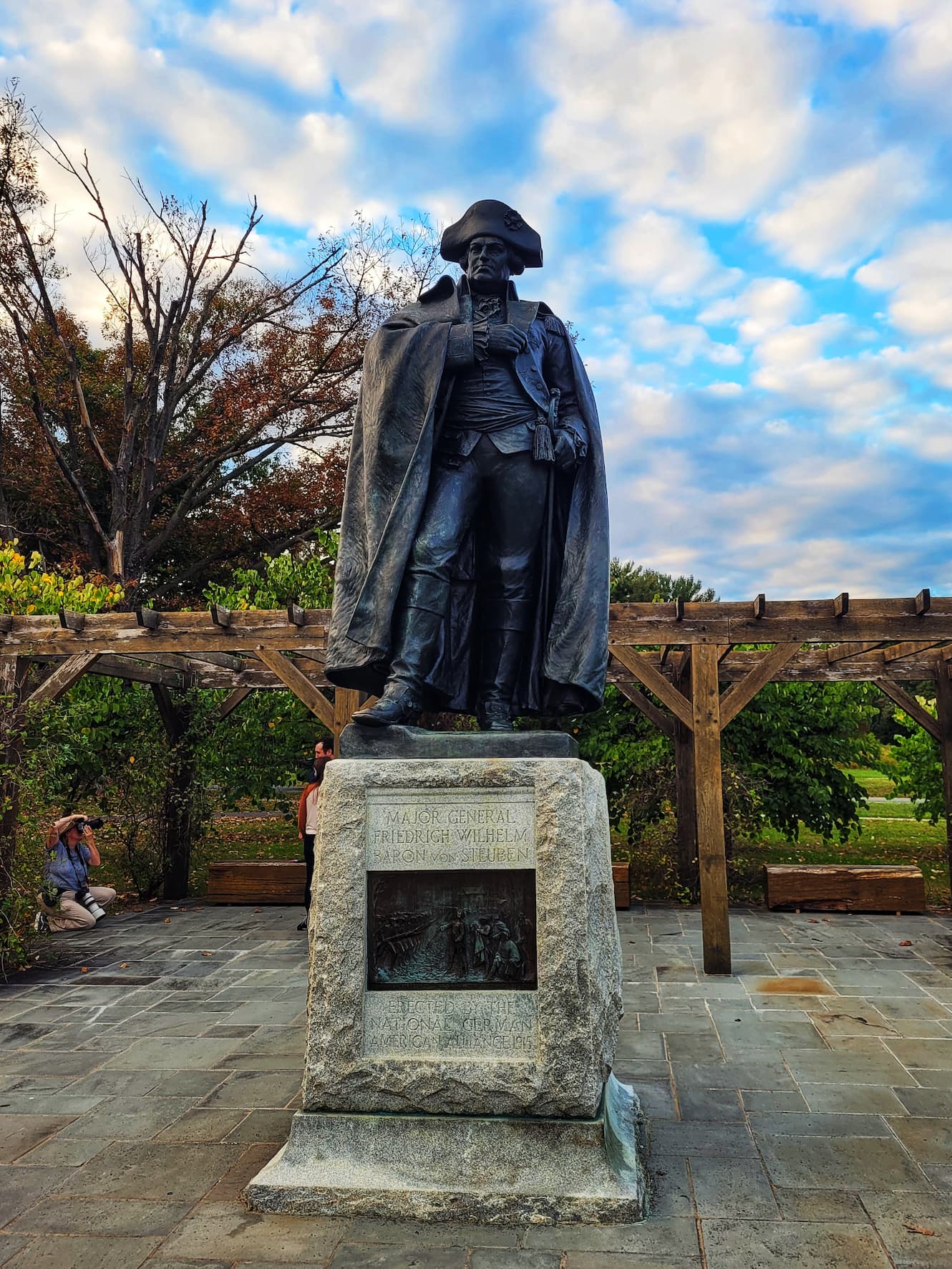
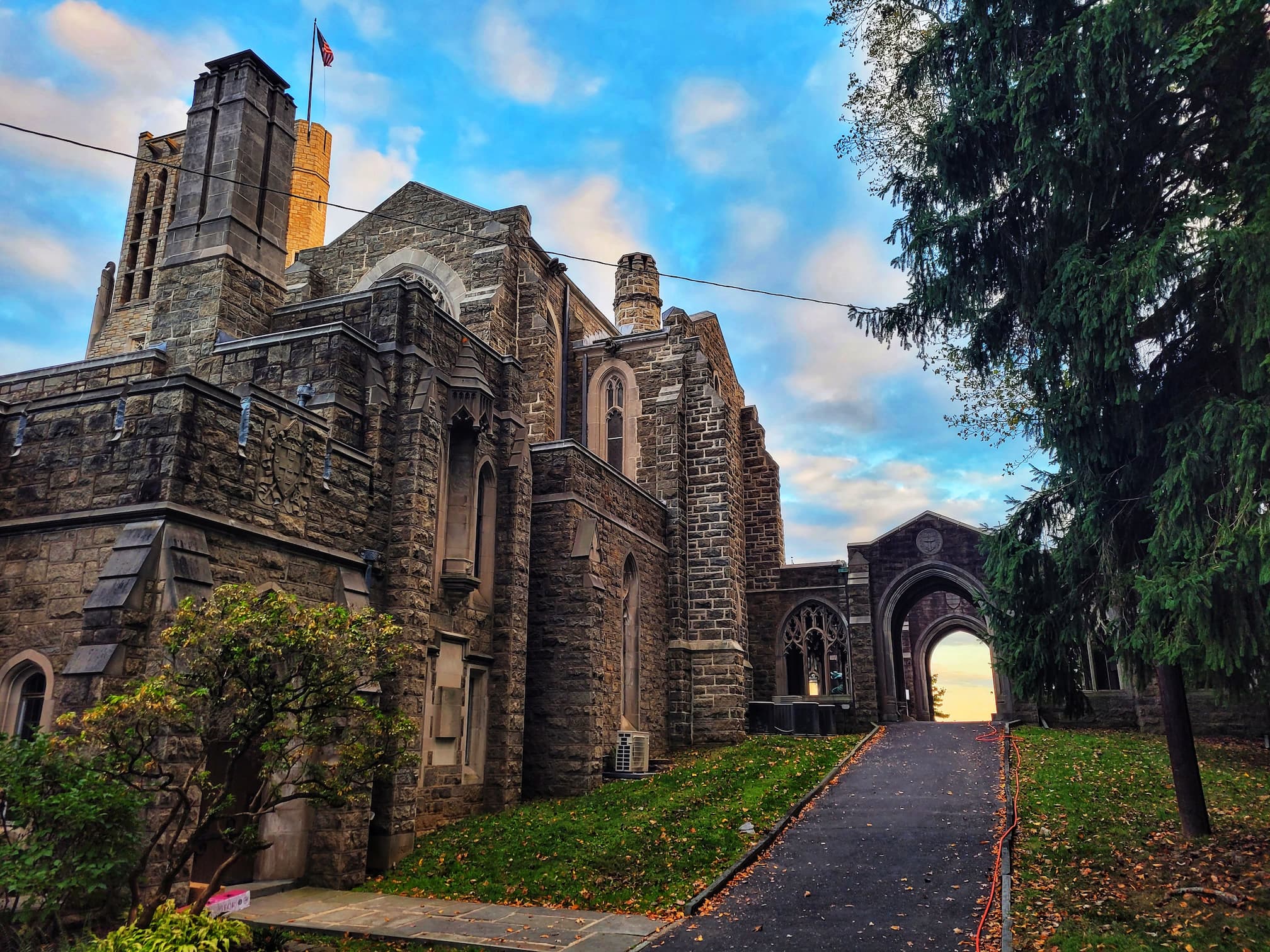
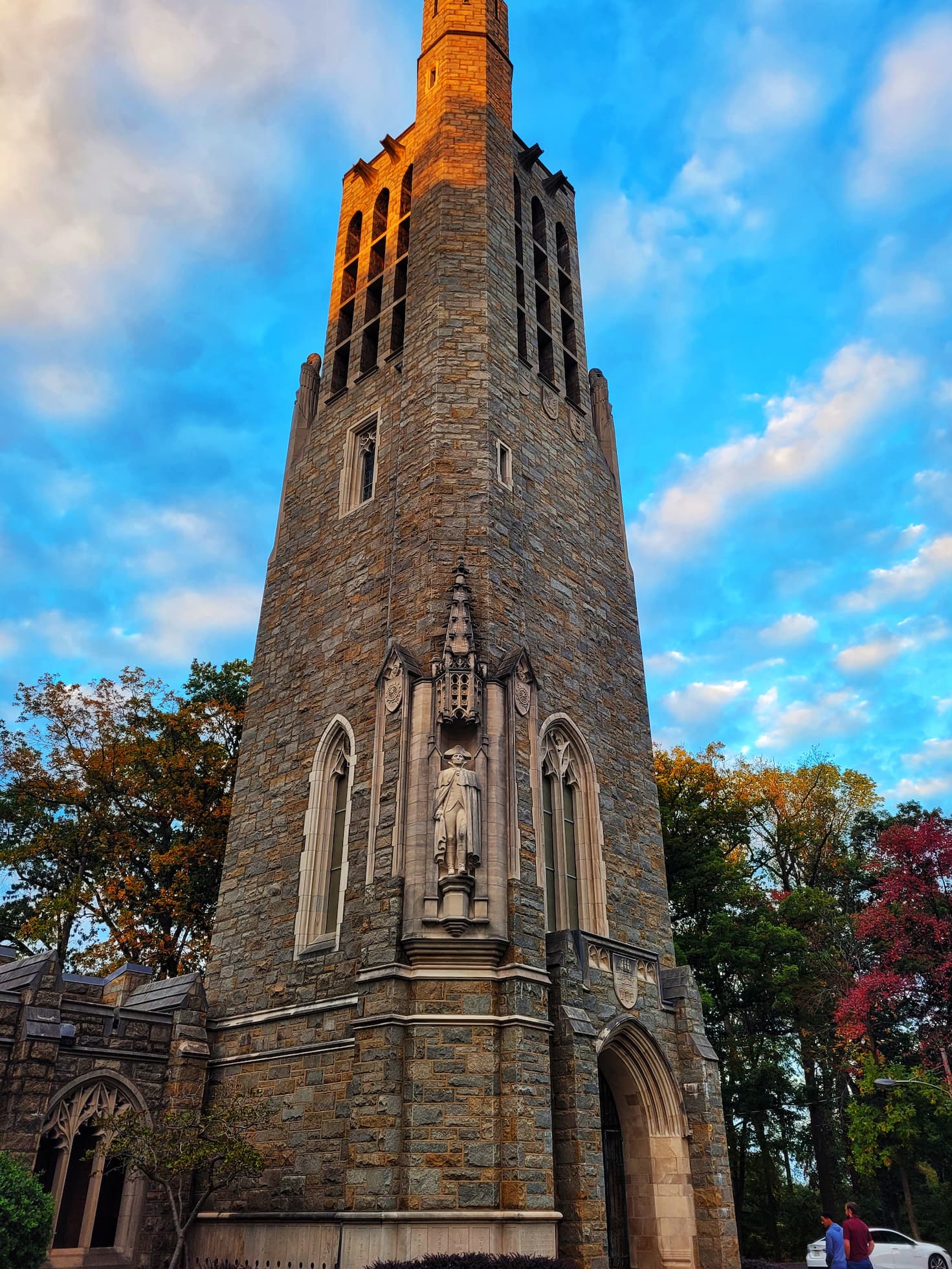

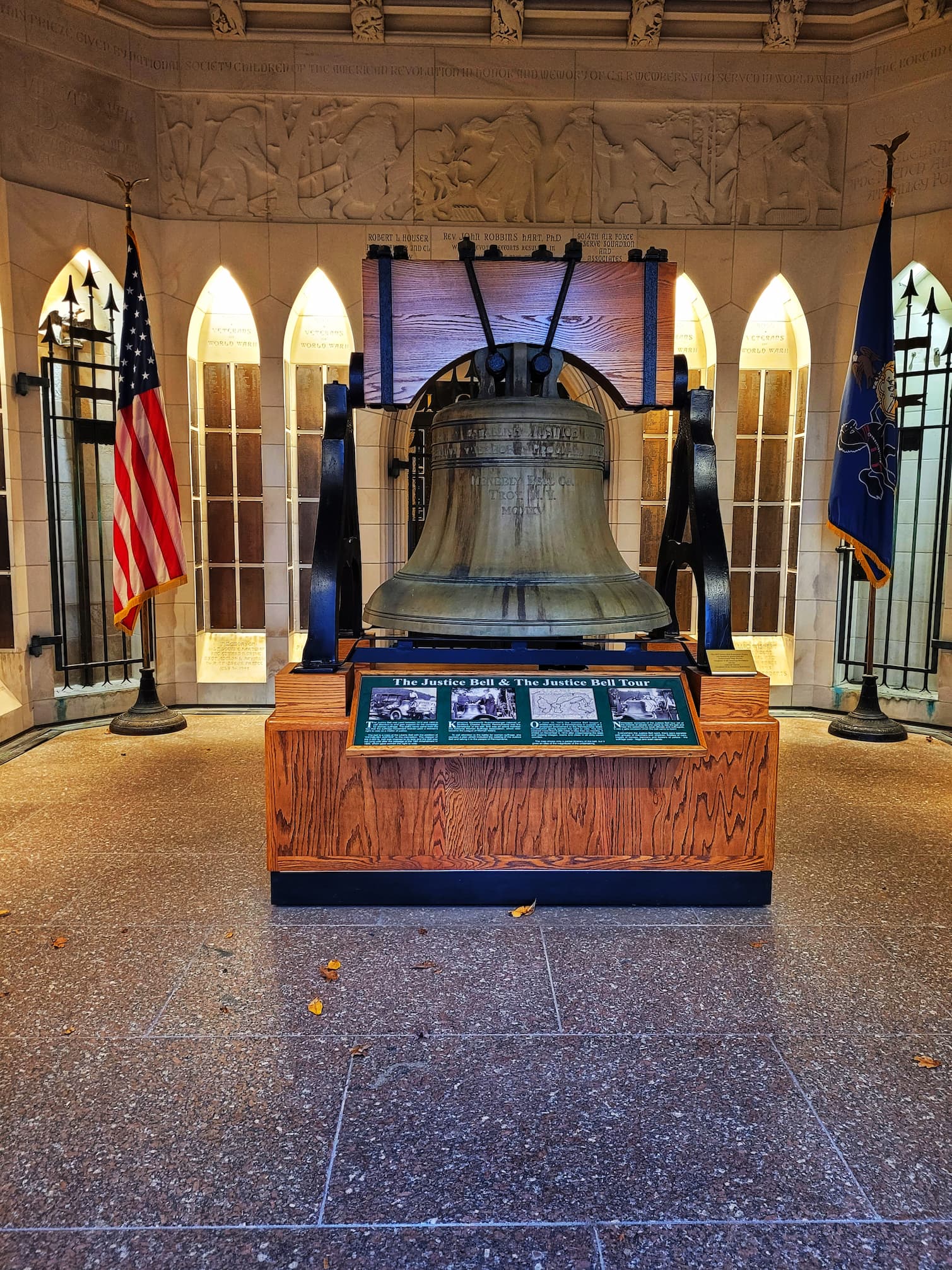


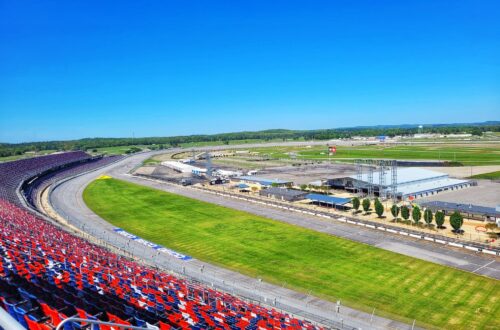
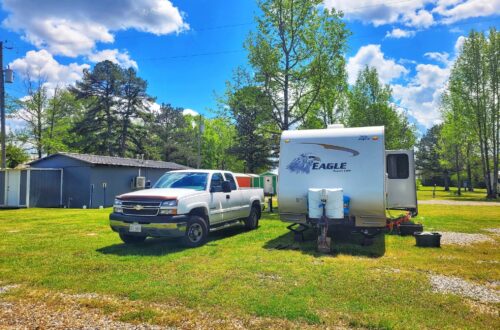
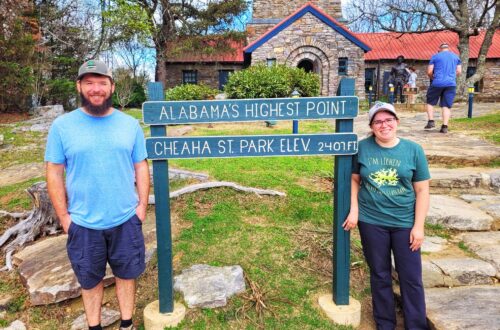
One comment on “How We Spent 10 Days in Southeastern Pennsylvania”
Comments are closed.